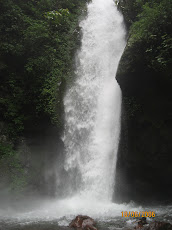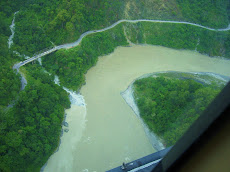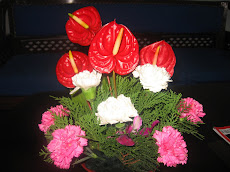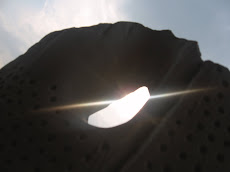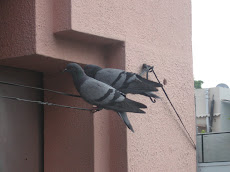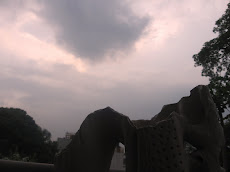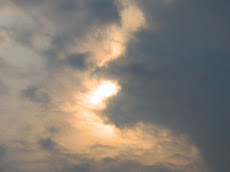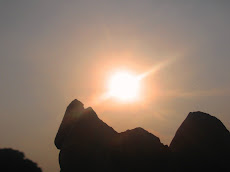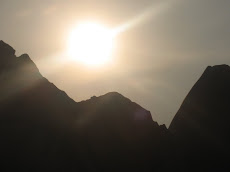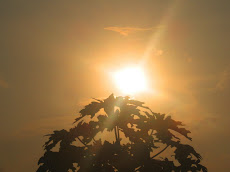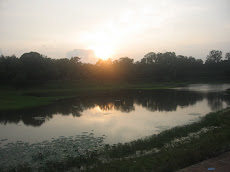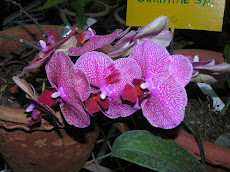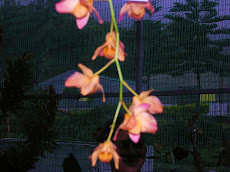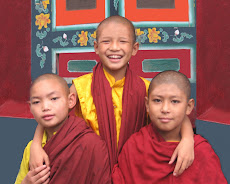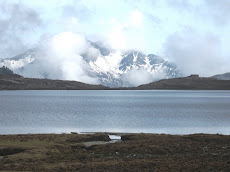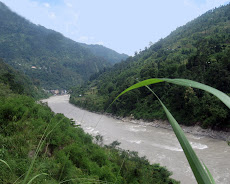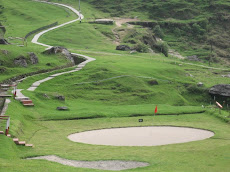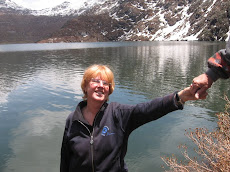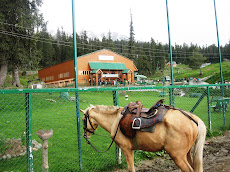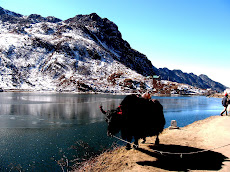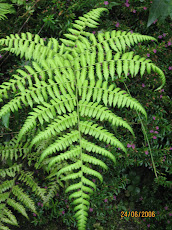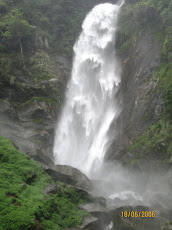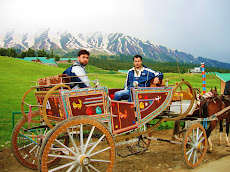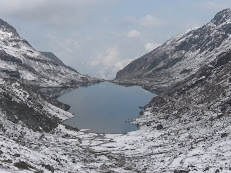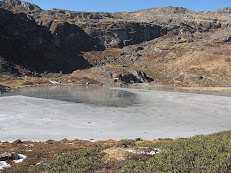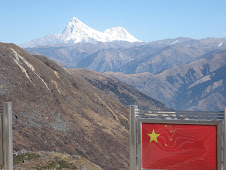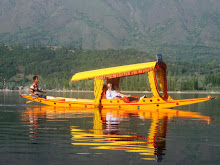
Though worthy sons of the soil, namely, Sonam Gyatso, Phu Dorji and Nadey Sherpa had achieved the difficult and challenging feat of climbing the Mount Everest, a need was recently felt to form a fresh group comprising of mountaineers from Sikkim as also other states and undertake an expedition to the ‘Sagarmatha’.
As a result of sincere work, commitment and painstaking planning for several weeks, a twenty member team was finally selected under the leadership of G.T.Bhutia, the former Principal of the SGMI. Dr. D.S.Burfal, an experienced mountaineer was chosen as the Deputy Leader and the expedition doctor. Of the twenty members, two were women, who hailed from Sikkim. One of them, Phulmaya Tamang had figured in the HMI Expedition to the world’s highest peak in 2003 but was unlucky in not reaching the summit.
Upon fulfilling the basic requirements and completion of necessary formalities, the team members had to undergo various rigorous sessions to determine their grit, stamina and determination. The objective was to put a sizeable number of mountaineers on the top. The team finally left Gangtok for New Delhi on 16th of March,2008.After some briefings, interactions and sensitizations for nearly a fortnight the highly spirited members were in a position to land at Kathmandu.
Subsequent to arranging essential climbing and camping equipments, food items and medicines, the work relating to logistics was tied up with a reputed company of Kathmandu. It took them another six days before they reached Lukla. There was nothing to worry on account of weather. Days were cool and sunny, while the nights were not very chilly. The team members, in addition, were in good health and high spirits. Perhaps, only setback the team faced was near the Namche Bazar(altitude 11,000 feet) when Bishnu, one of the members suddenly became indisposed. When sincere efforts to cure him failed, he had to be evacuated to Kathmandu.
Following a trek of another ten days over forty odd kilometers and undergoing acclimatization sessions, the team finally succeeded in setting up its first Base Camp at an altitude of 17,500 feet on 15th of April. Many of the members had the rich exposure of earlier expeditions. It became a plus point and an encouraging factor. The location maps began to be read seriously and the tips of seniors soon became the guiding principles. This being the main climbing season, a lot of activities were being witnessed in the surrounding rugged terrain. The team members did not forget to take part in a comprehensive puja for their well being and for the overall success of the expedition.
Slowly the thought of the daunting task ahead began occupying the mindset of every climber. But no one looked worried after a detailed interaction session on probable climbing routes. The next destination for them was the Khumbu Glacier. The climb was steep and therefore tough. The steep and hard ice walls on the way actually tested the technical skills of the climbers. They had to negotiate an ice maze using ladders, fixed ropes and ice axes.
After two days of hard work in the beautiful surroundings, the team could arrange its First Acclimatization Camp. A few of the members, however,had to be examined by the Deputy Leader for testing their endurance skills. They had to retreat on health grounds. With the passage of two more days, the team was in a position to climb a height of 6000 metres followed by another climb of 400 metres in the next five days. Thus, two additional rounds of acclimatizations could be completed. The Camp II was pitched at an altitude of 6400 metres on 26th April. Fourteen out of the original twenty mountaineers managed to reach this point. Intensity of cold was on rise, accompanied by strong winds and avalanche. Adequate precaution, therefore, had to be taken starting from the afternoons. At the night, biting cold conditions would prevail.
By 30th of April, further upward movement took place. Ultimately, the Fourth Acclimatization Camp could be set up. Sign of fatigue, now could be seen over the faces of a few members. When further planning and steps were being discussed, a news was received that the Government of China had imposed restrictions on more treacherous Northern Ridge approach to the peak. This was to ensure unhindered movement of the Olympic Torch. The expedition members, therefore, were compelled to modify their approach route and suspend further activities. They were, thus confined to the Camp II till 10th of May without any notable activity. They, nevertheless, kept themselves in good humor and encouraged each other to the best of their ability. When the Olympic Torch rally finally got over, further movement began.
The Camp III of the expedition could be set up on 13th May with tremendous hard work by braving inclement weather at an altitude of 7200 metres. This also meant a kind of fresh acclimatization process for the diehard 13 members. Profound discussions thereafter, led to the planning for the final assault. Further meticulous climb over the next seven days took them closer to the Lhotse Face. The view of Mt. Nuptse (25,850 feet) while ascending, was awesome. A halt or two in these beautiful settings lifted the spirits of everyone.
On 21st May, the climb began rather early for the famous transit point- South Col (26,200 ft.). Late in the afternoon, the proposed site of Camp IV located at an altitude of 8,000 metres could be approached. The sight of MT.Lhotse (27,890 feet)from here was simply out of world. It was pristine. It was crystal clear. Since the weather was very congenial, it was decided to make an attempt on the Mount Everest the same evening.
Keeping in view the fitness and overall performance, the leader decided to send D.D. Bhutia of Kalimpong first.By being cheered and encouraged by everyone, he began his climb around 19:30 hours. Kunzang Gyatso Bhutia of Sikkim followed him closely. Subsequent to almost non-stop movement of about eight hours in the trying conditions,including a 'jam' at the famous Hillary Steps, D.D. Bhutia was lucky to reach the summit of the magnificent Mount Everest at 29,035 feet. He made it at 5:30 am on 22nd May. Even though he was tired, he was extremely elated and satisfied. For him, rightly, it was a dream which came true. It was enthralling and mesmerising on top of the world. Peaks in the neighbourhood were also visible clearly.
Before Kunzang Gyatso Bhutia, the next member could make it at 5:40 am, the famous mountaineer, Yappa Sherpa of Nepal reached the peak for a record eighteenth time. Thus, the diehard Sherpa was instrumental in breaking his own world record.
The well deserved success of K.G. Bhutia was immediately followed by Ram Singh of Jammu & Kashmir. He proudly displayed the Indian tri colour and the flag of J&K Police exactly at 5:40 am. The summit was full of colourful prayer flags and many other things left behind by other mountaineers.
The next turn was that of two women climbers from Sikkim - Phulmaya Tamang and Yangdi Sherpa. With their sincerity and determination, they set foot on the highest point of the world at 6:30 am. While doing so they became the first two women to accomplish the feat from anywhere in the North Eastern Region.
Phulmaya Tamang was lucky after a gap of five years, having failed at a substantial height as a member of HMI 2003 Expedition. Recounting their experience and feelings, later, they stated “It was unbelievable. We felt as if we were in the sky. Everything else was down below. We closed our eyes on reaching the top. We thanked God and offered prayers (Mt. Everest is considered Chomolongma or the Mother Goddess of the Earth by the Sherpas).Given a choice, we are ready to climb again.”
The next five members namely, Ashish K. Singh of Uttarakhand, Nima Wangchuk Sherpa of Sikkim, N. Suraj Singh of Manipur, Yaduram Sharma of Siliguri and Atul Karwal of Gujarat reached the top between 6:30 and 8.30 am. Relentless hard work and blessings of God enabled Karwal to become the first All India Services officer to achieve the distinction.Similarly, Nima Wangchuk at the age of fifty nine years and seven months became the oldest Indian ever to accomplish the feat. According to him, it was the greatest achievement of his life.He was working very hard for same for forty years.
It was a very busy and lucky day at the Mount Everest. Including ten victorious members of this expedition, altogether twenty seven mountaineers from different countries made it to the summit. Overall, it was a show of fantastic camrederie and performance by the Sikkim expedition .Putting ten climbers on top in one attempt without any accident or casualty was incredible indeed.
After spending half an hour and expressing pleasure and happiness over their remarkable achievements, all the climbers could return to Camp IV at South Col between 14:00 and 15.00 hours. They had to spend the night therein. This night however, was different. In view of their accomplishments, all could get sound sleep.
The next day, the team reached Camp II located at a height of 6,400 metres. Climbing down ,however ,was not easy. Same precautions or sometimes more had to be taken. By 24th May, the team could reach the base camp at 17,500 feet.
On 27th May ,all except three members, departed for Kathmandu. The three members, namely. Dr. D.S. Burfal, P.W. Sherpa and S. Pokhariyal stayed back at the Base Camp for the Everest Marathon organised by Bikrum Pandey, of the Himalayan Expedition Company,Kathmandu. Organised between the Everest Base Camp and Namche Bazar(42 kms),it is the highest marathon venue in the world.
With a sense of pride, the whole team returned to Kathmandu on 31st May. Half of the team departed for New Delhi. Those belonging to Sikkim and nearby states returned to a rousing welcome and reception by the Tourism Department at Rangpo on 5th of June. People from all walks of life in Sikkim appeared overjoyed. It was a resounding success after a gap of 43 years.(Late Sonam Gyatso had climbed the Mt. Everest in 1965).Sri Pawan Chamling, the Chief Minister of Sikkim expressing his extreme happiness, congratulated the expedition members.
The expedition, per se, had some more achievements to their credit apart from putting ten members on the top of the Mount Everest. These were;
-- Nepal Army was assisted in building a helipad at the Everest Base Camp for the emergency evacuations. Same was used a couple of times in their presence.
--In a rare humanitarian gesture, Ashish Singh gave his oxygen cylinder to a Vietnamese climber when the latter had exhausted his own. Thus a precious life was saved during the return journey between the summit and the Camp IV.
--The medical team of the expedition, in the same way, saved the life of Miss Kalpana Das, a single woman climber from Orissa .On 21st May, after scaling the peak she was reported to have developed severe dehydration and abdominal pain. She was kept on observation at the Base Camp for more than twenty eight hours and given all possible care. Ultimately, she recovered upon being evacuated by a helicopter to Kathmandu.
--Last but not the least, thirty nine expeditions from different parts of the world were also given free medical aid..
One hopes that more young men and women from the North-Eastern Region will be inspired by the achievements of the expedition. They may, perhaps be encouraged to take up mountaineering activity more seriously and diligently than before.
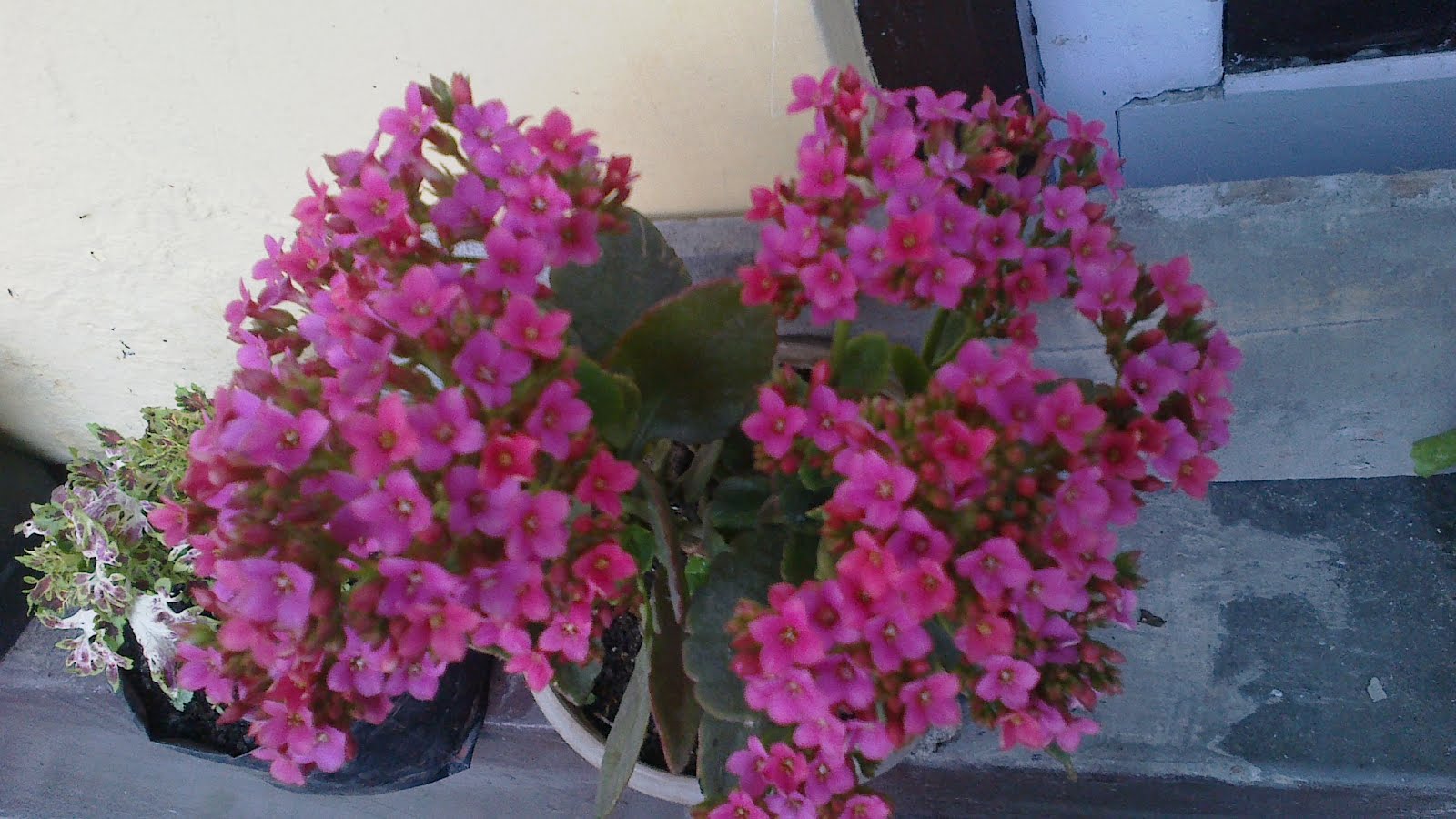



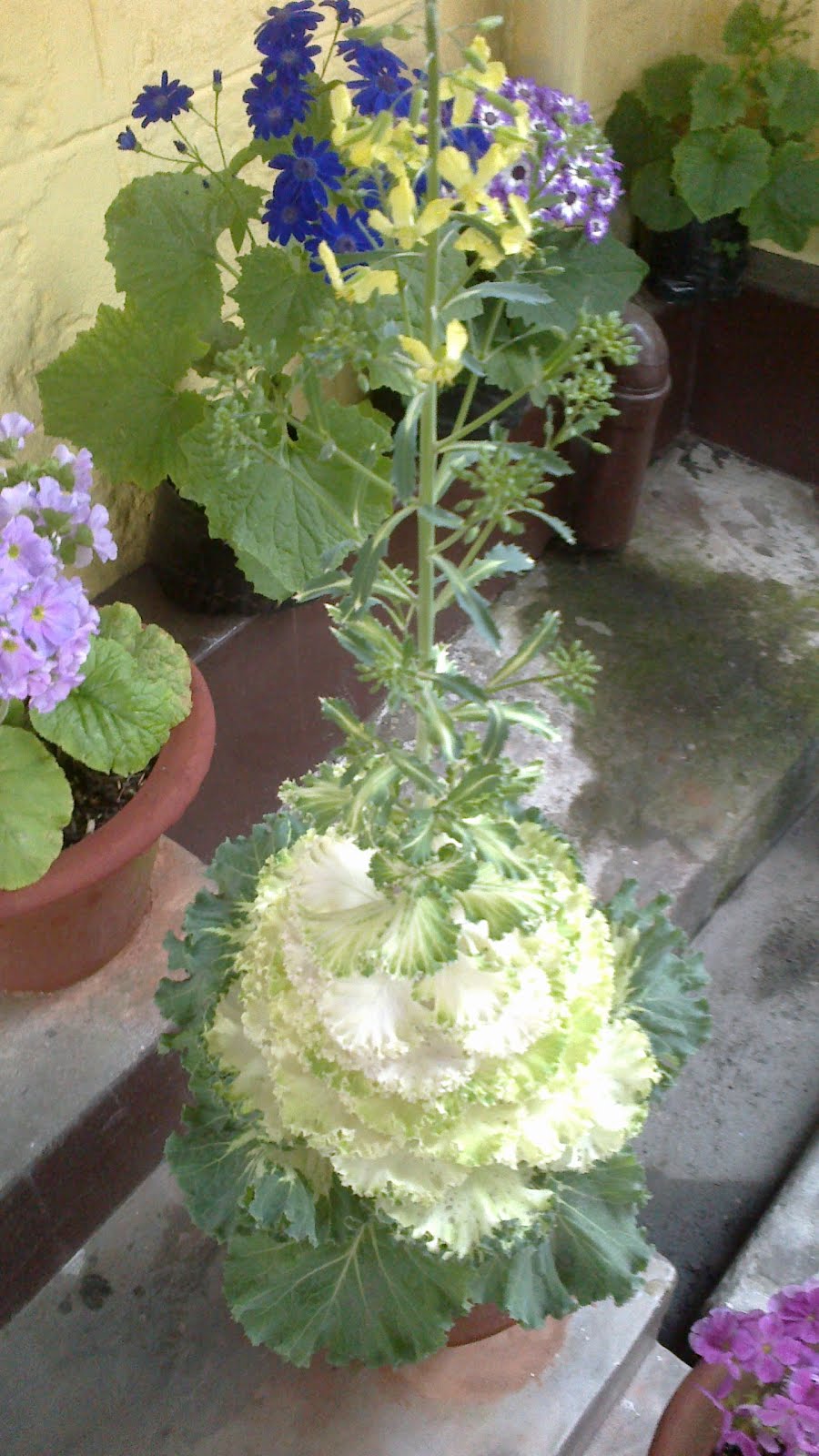
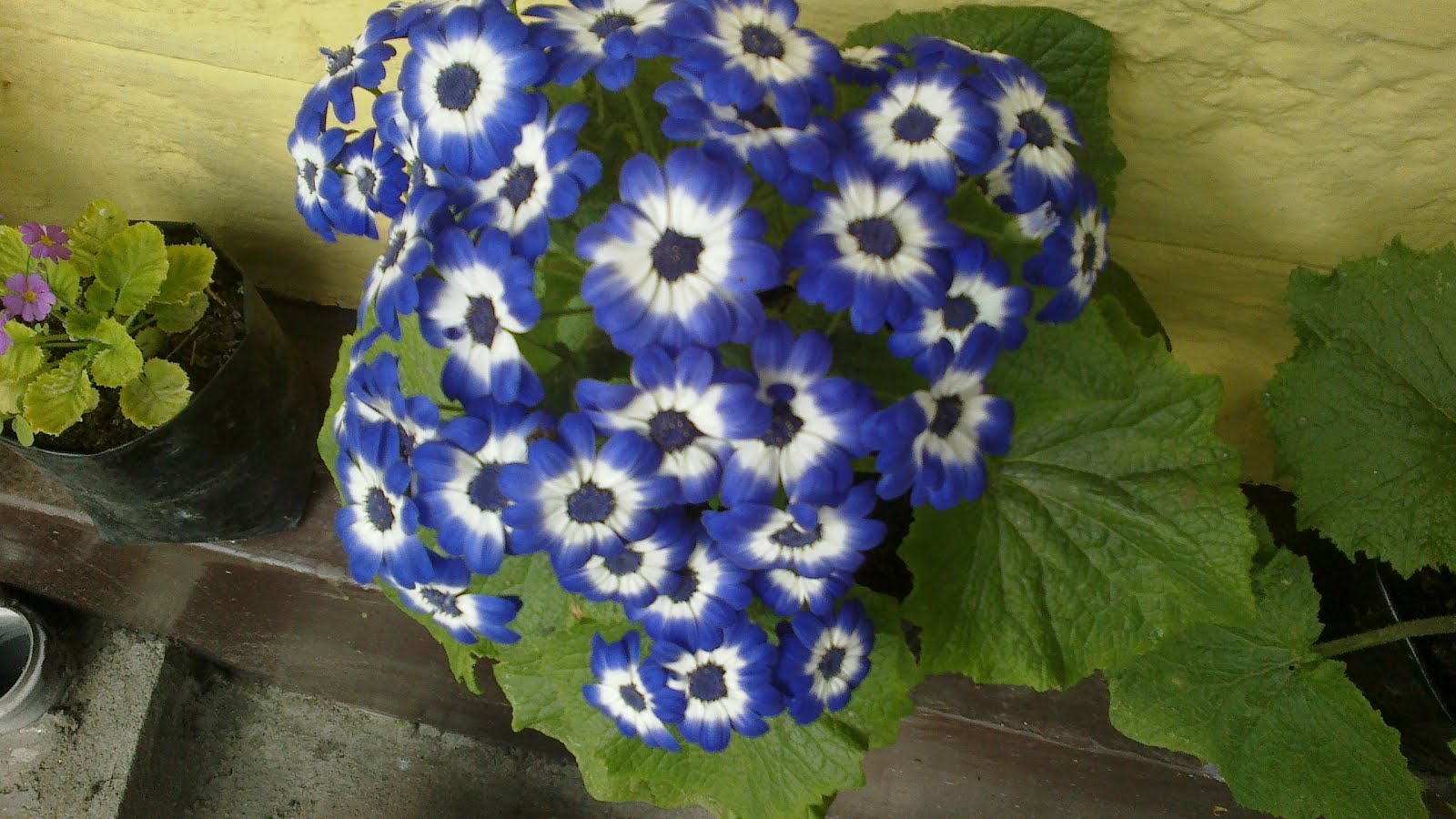
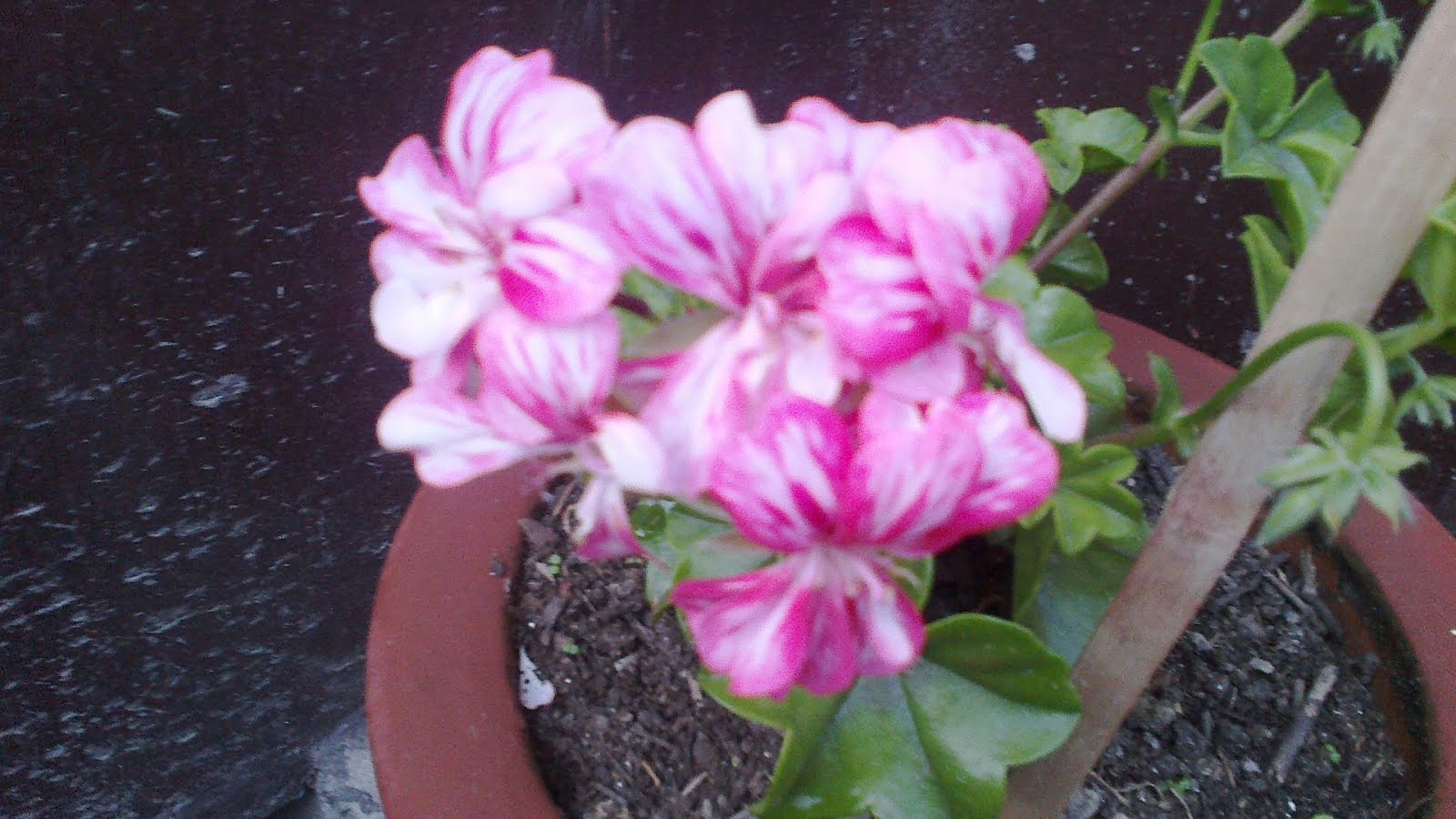
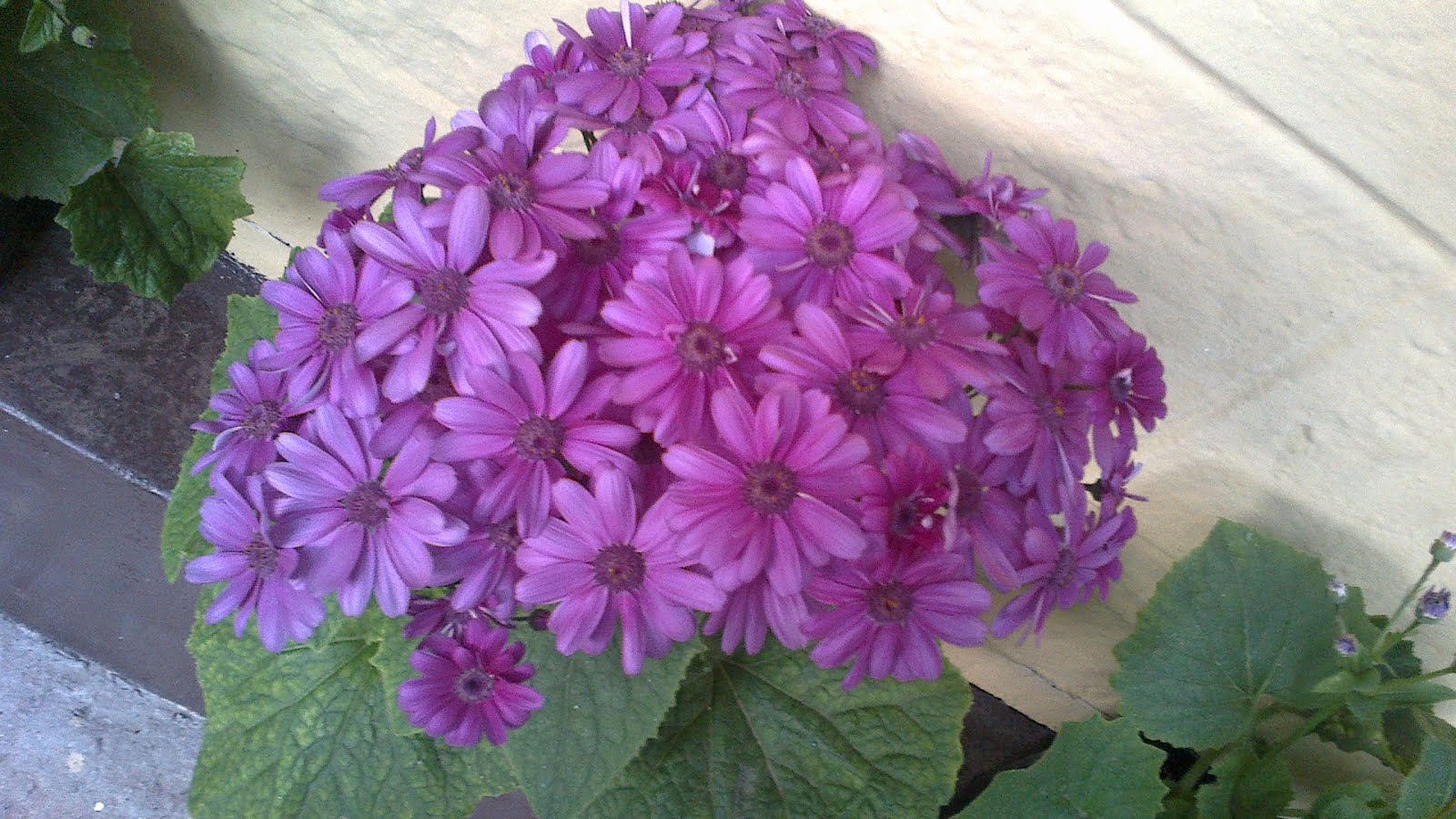
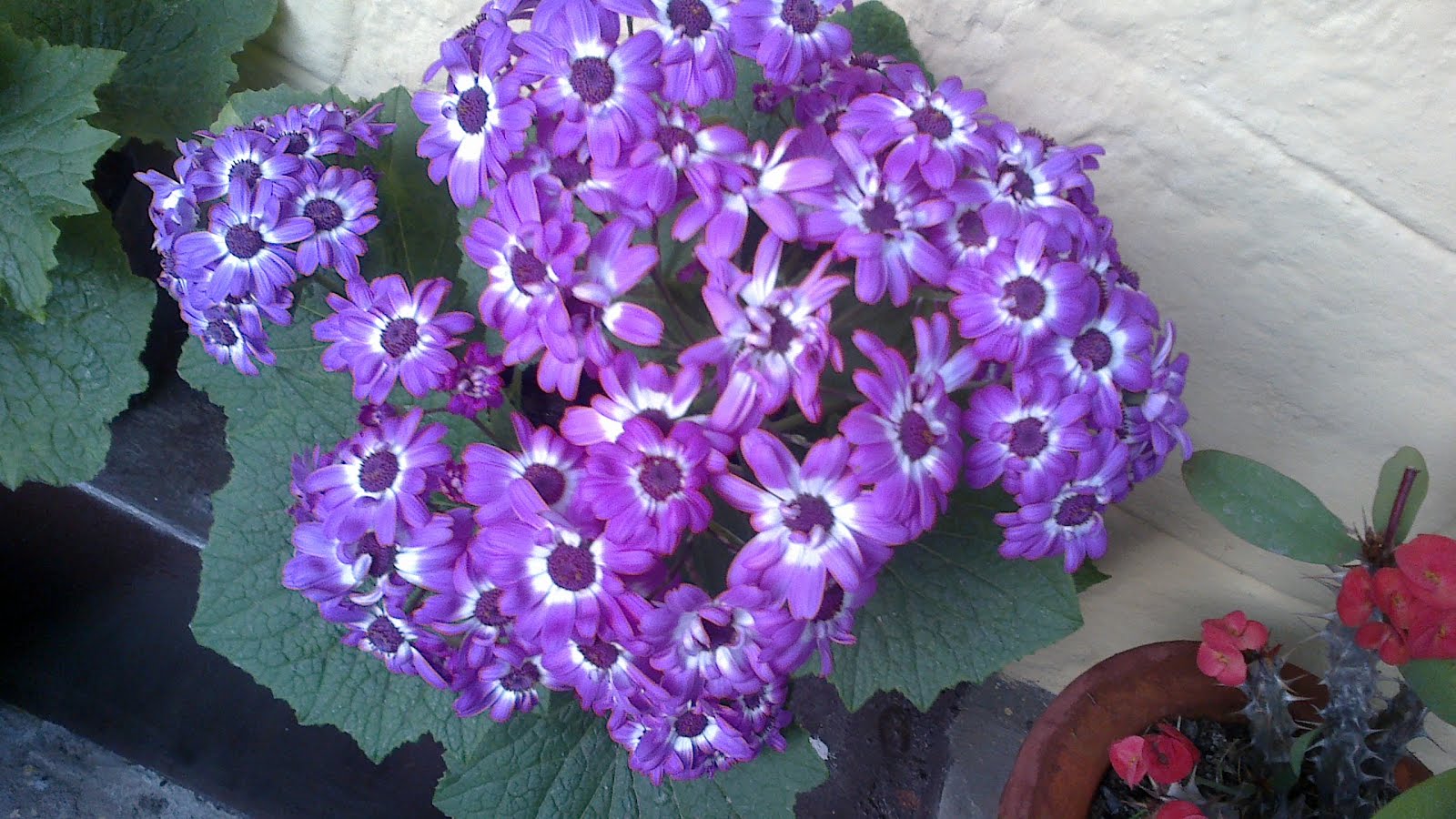






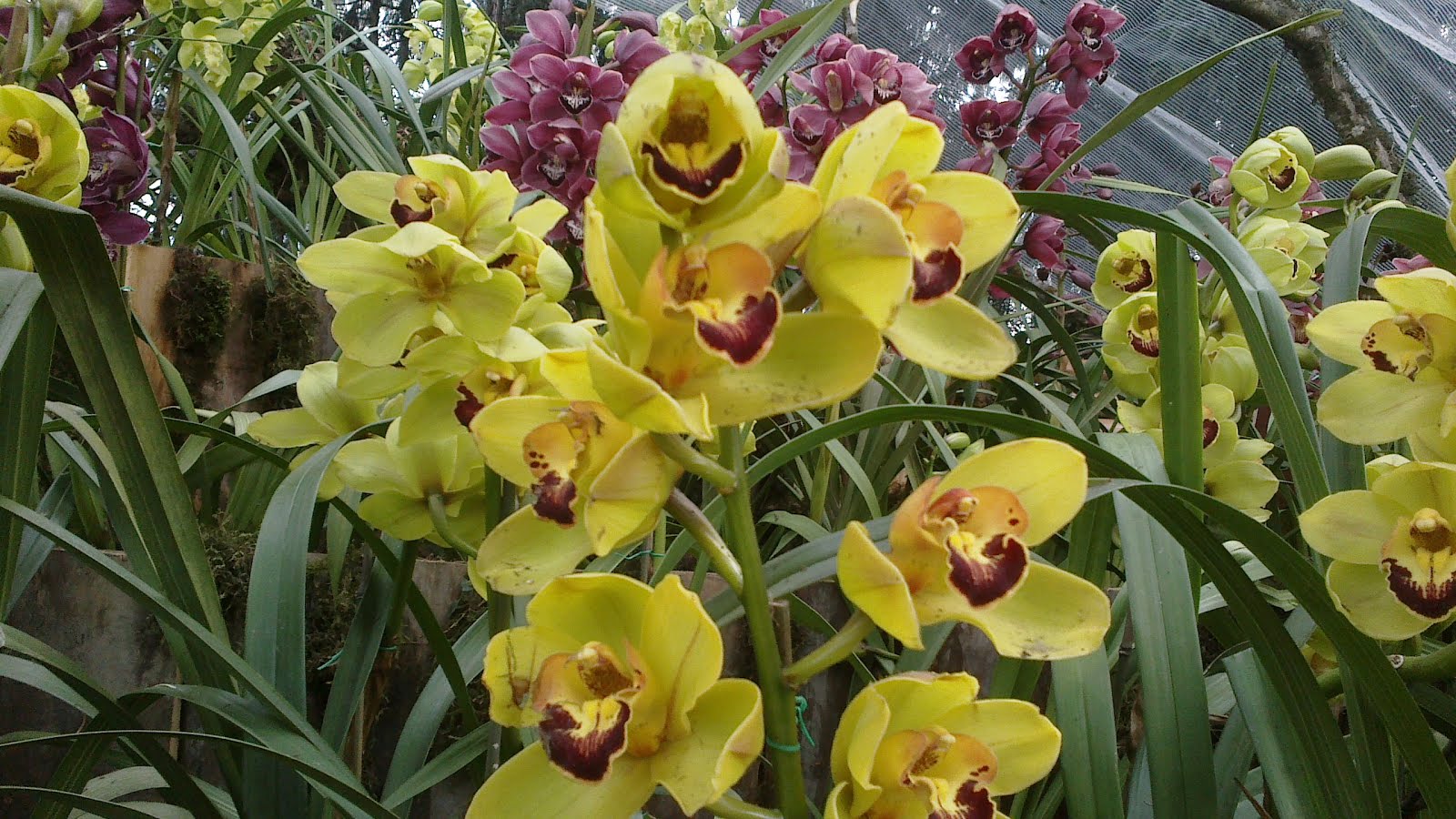

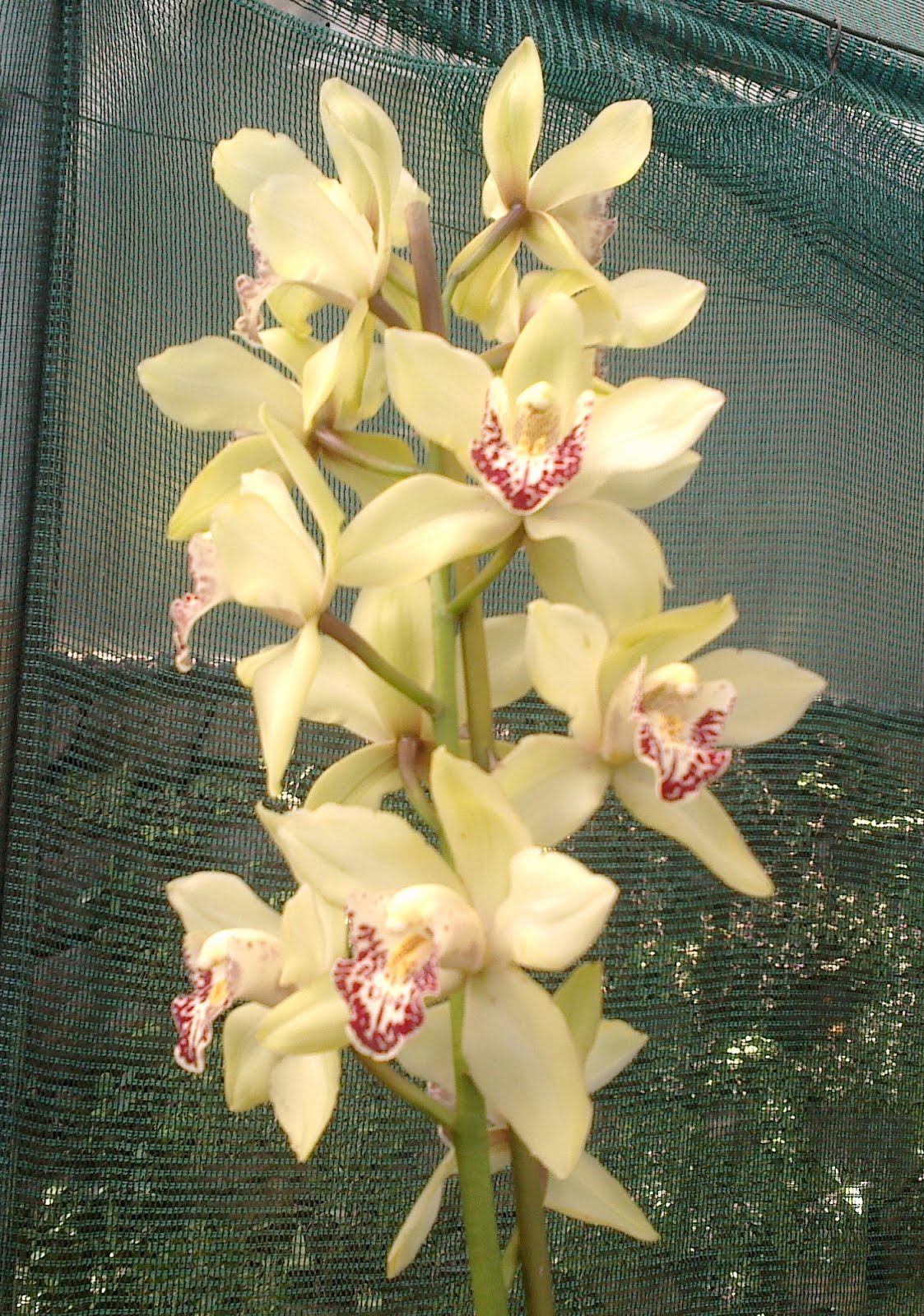
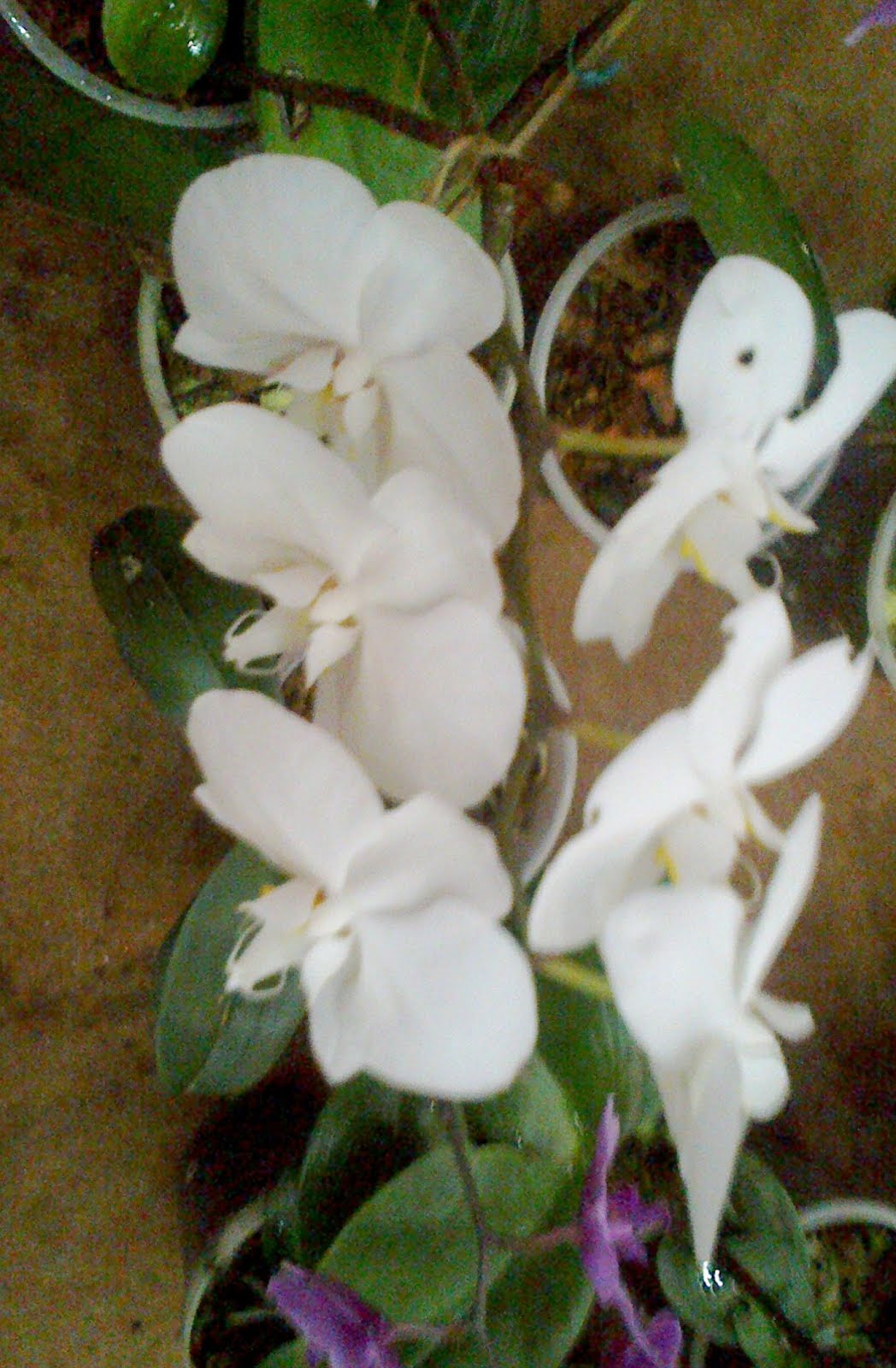


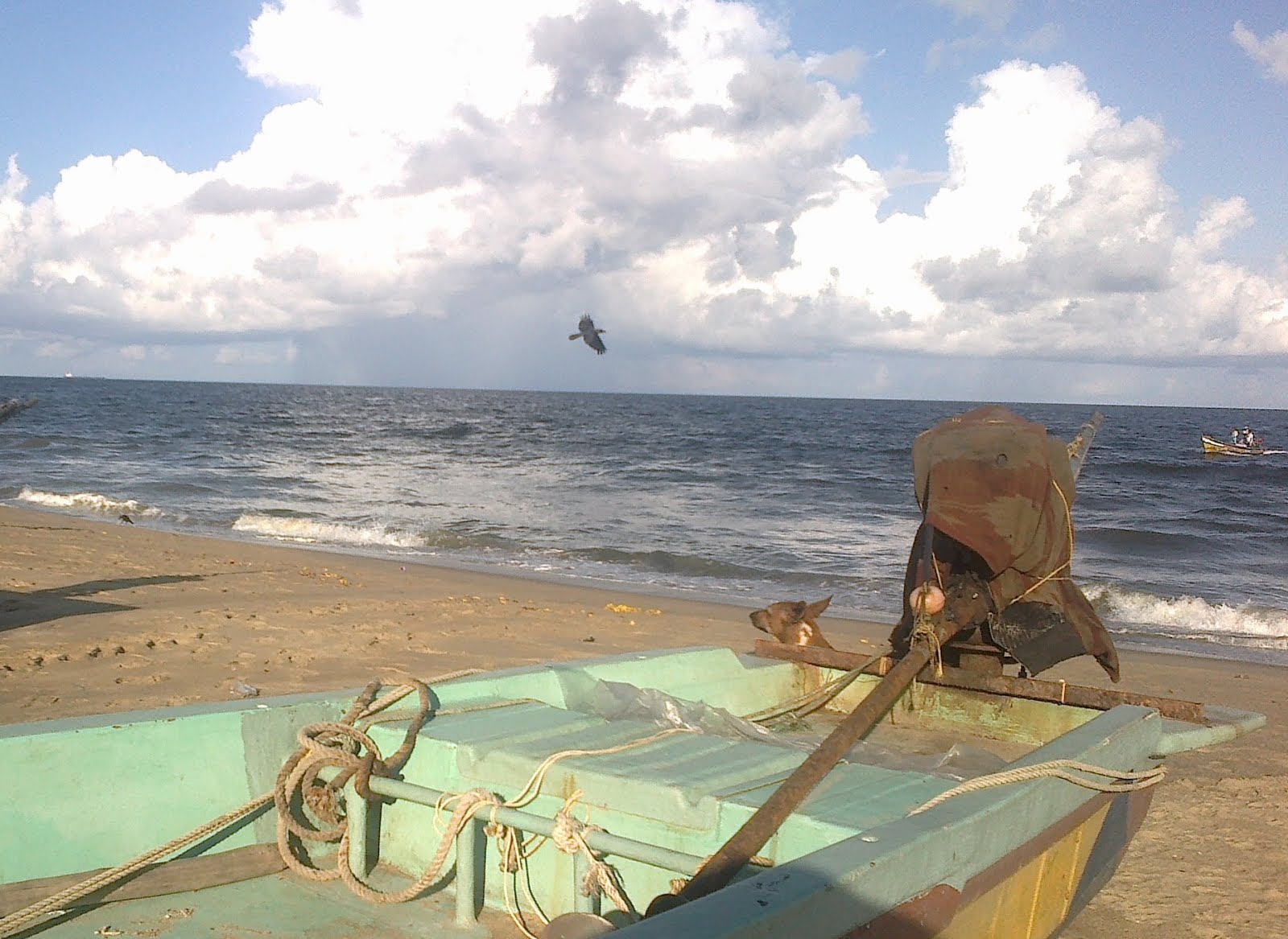


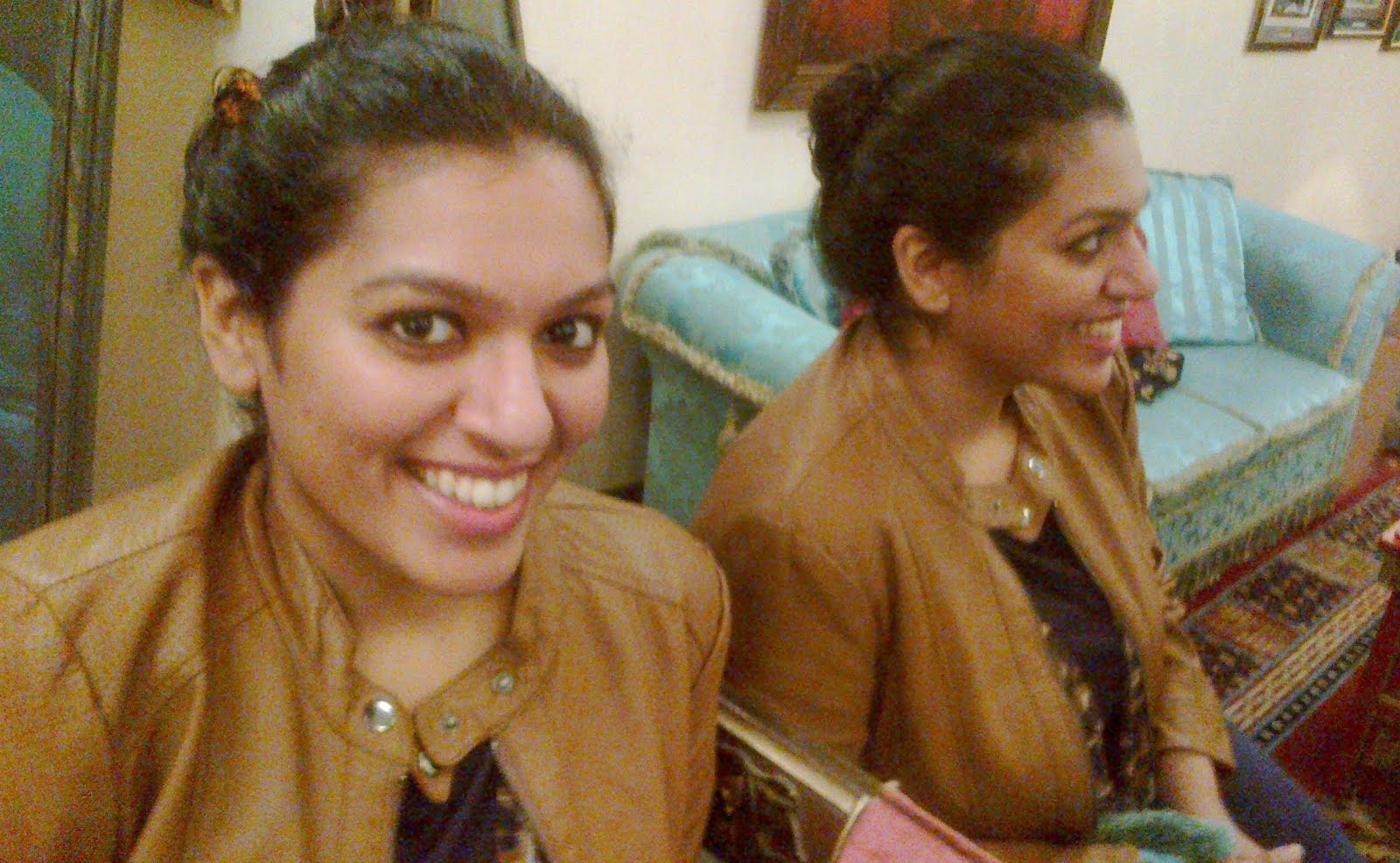

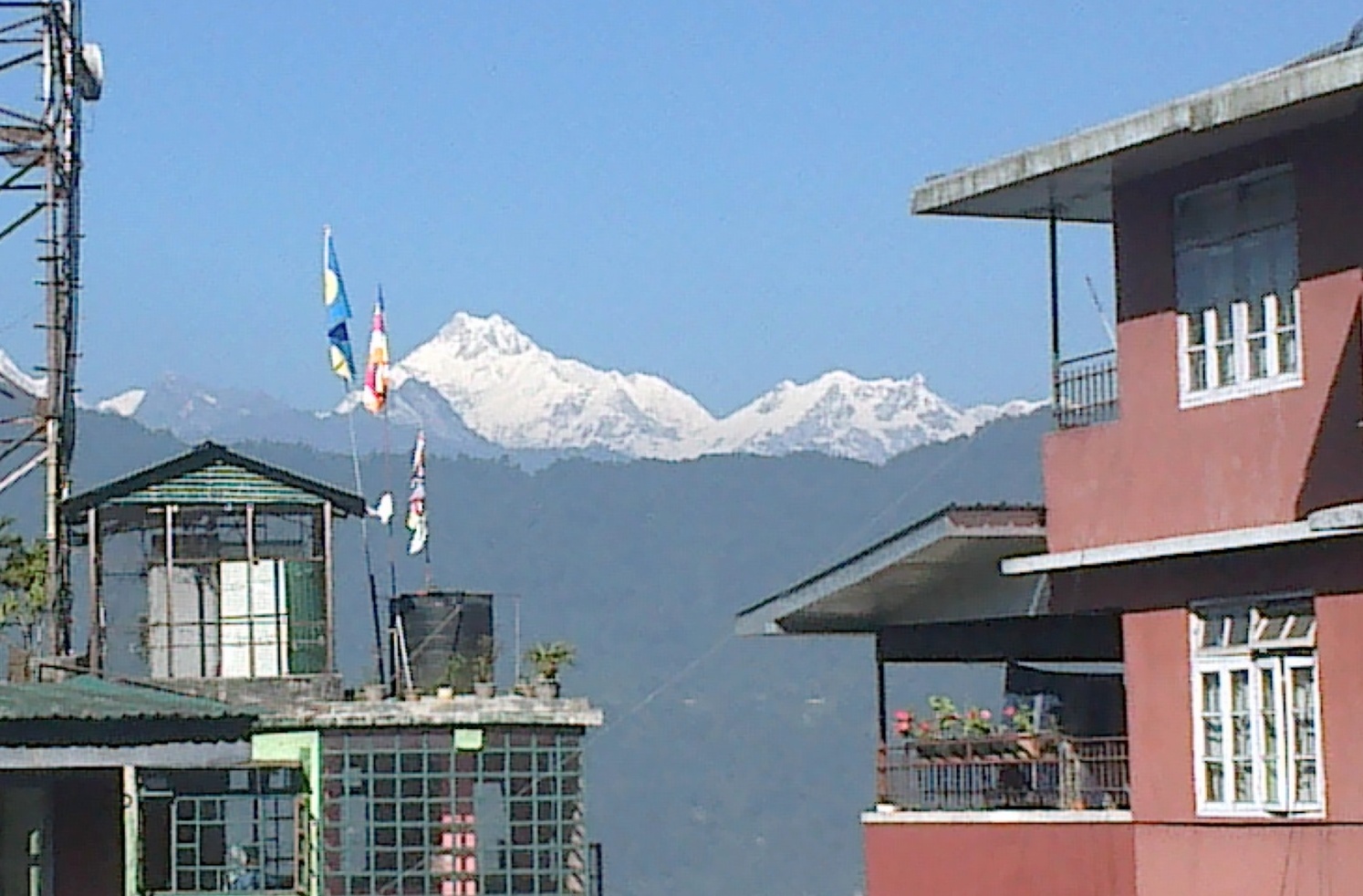



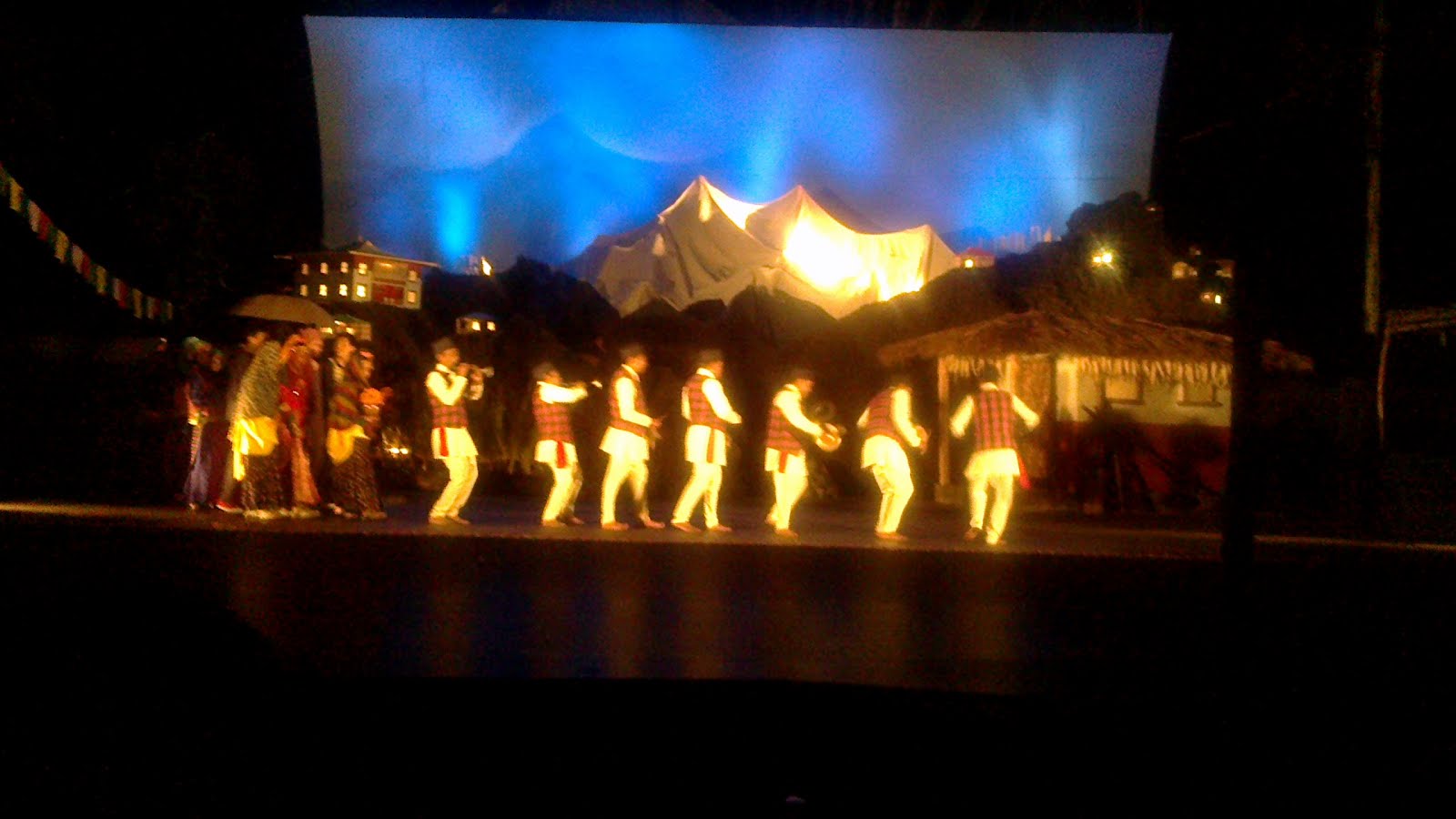

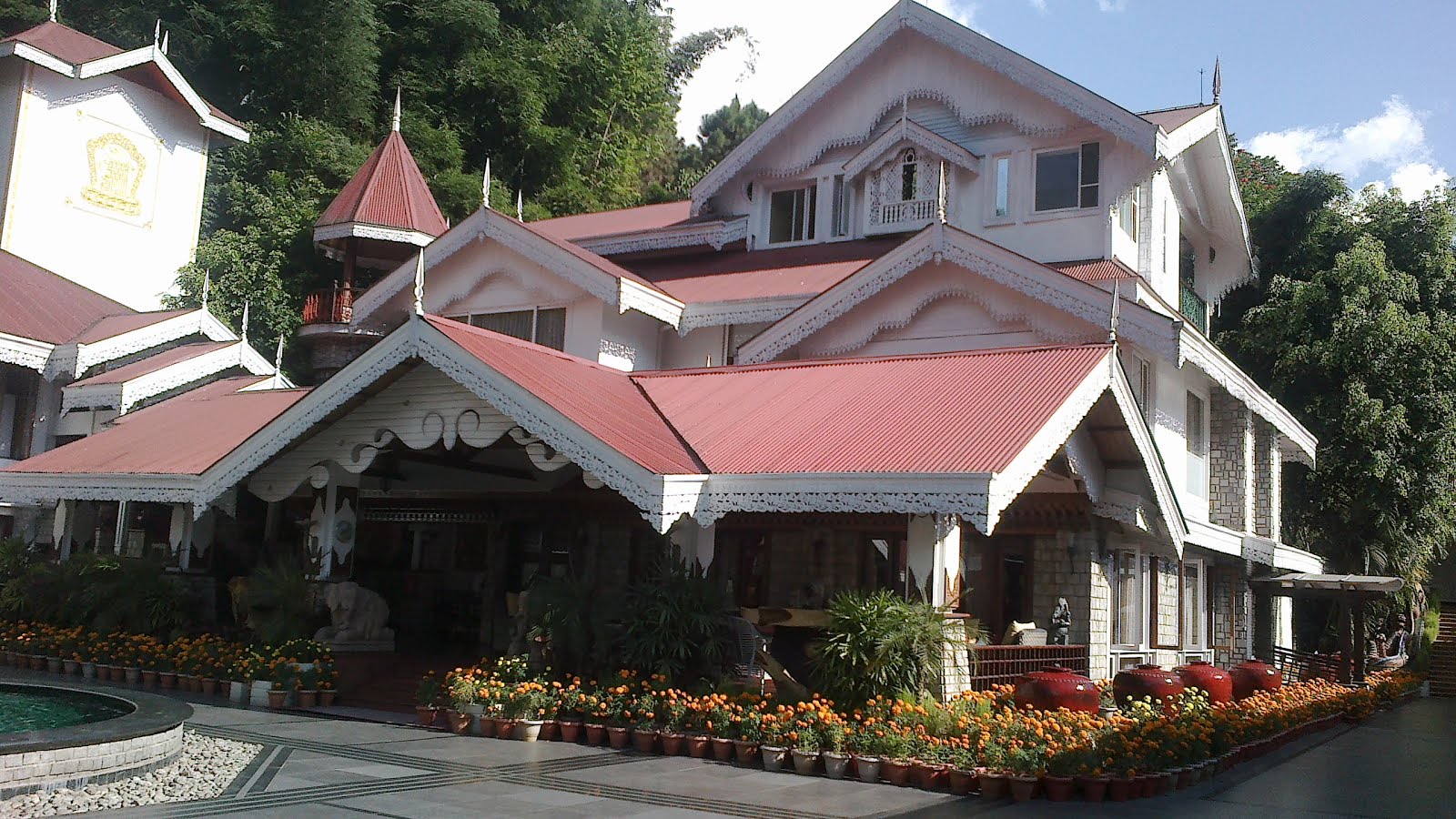
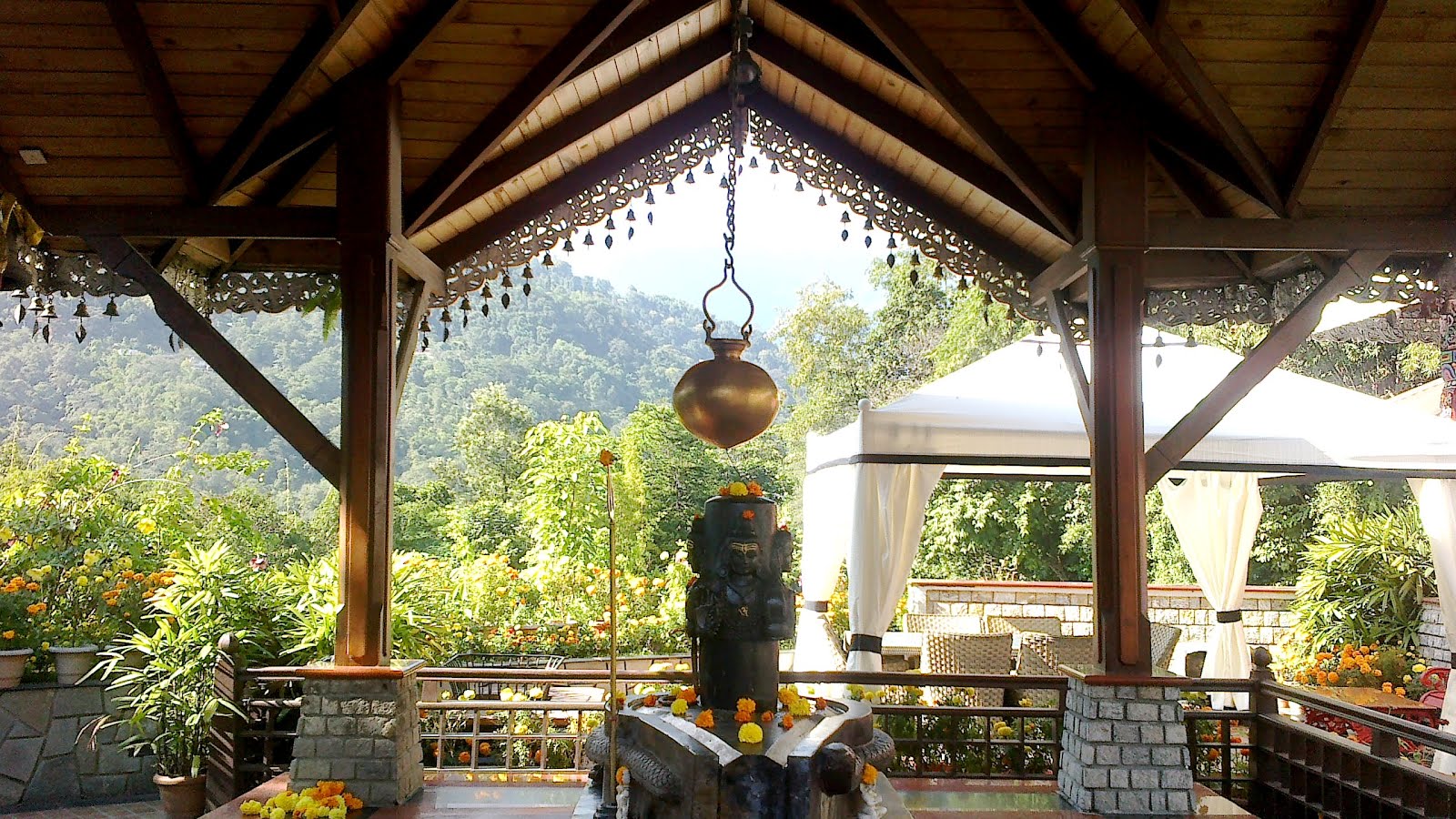
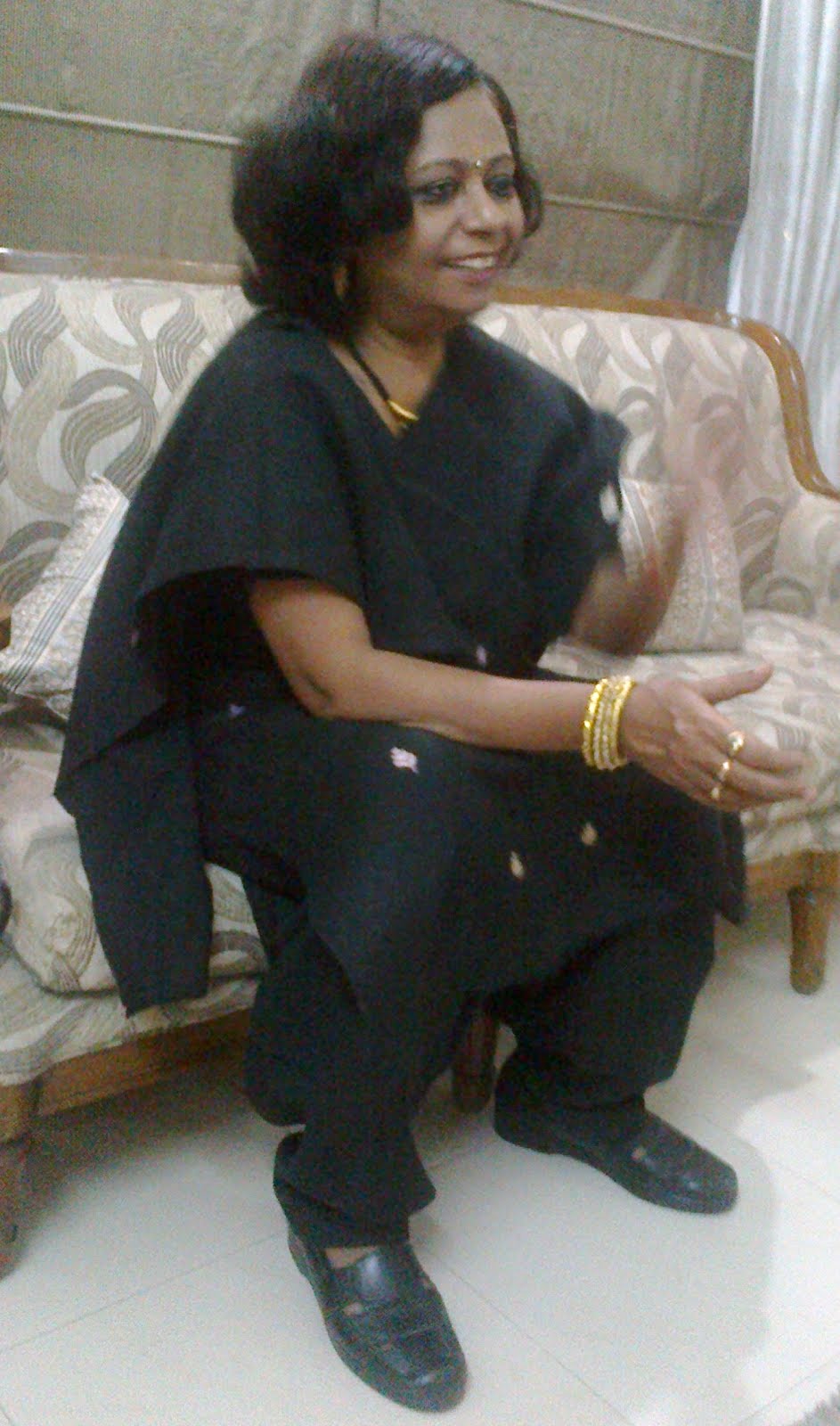


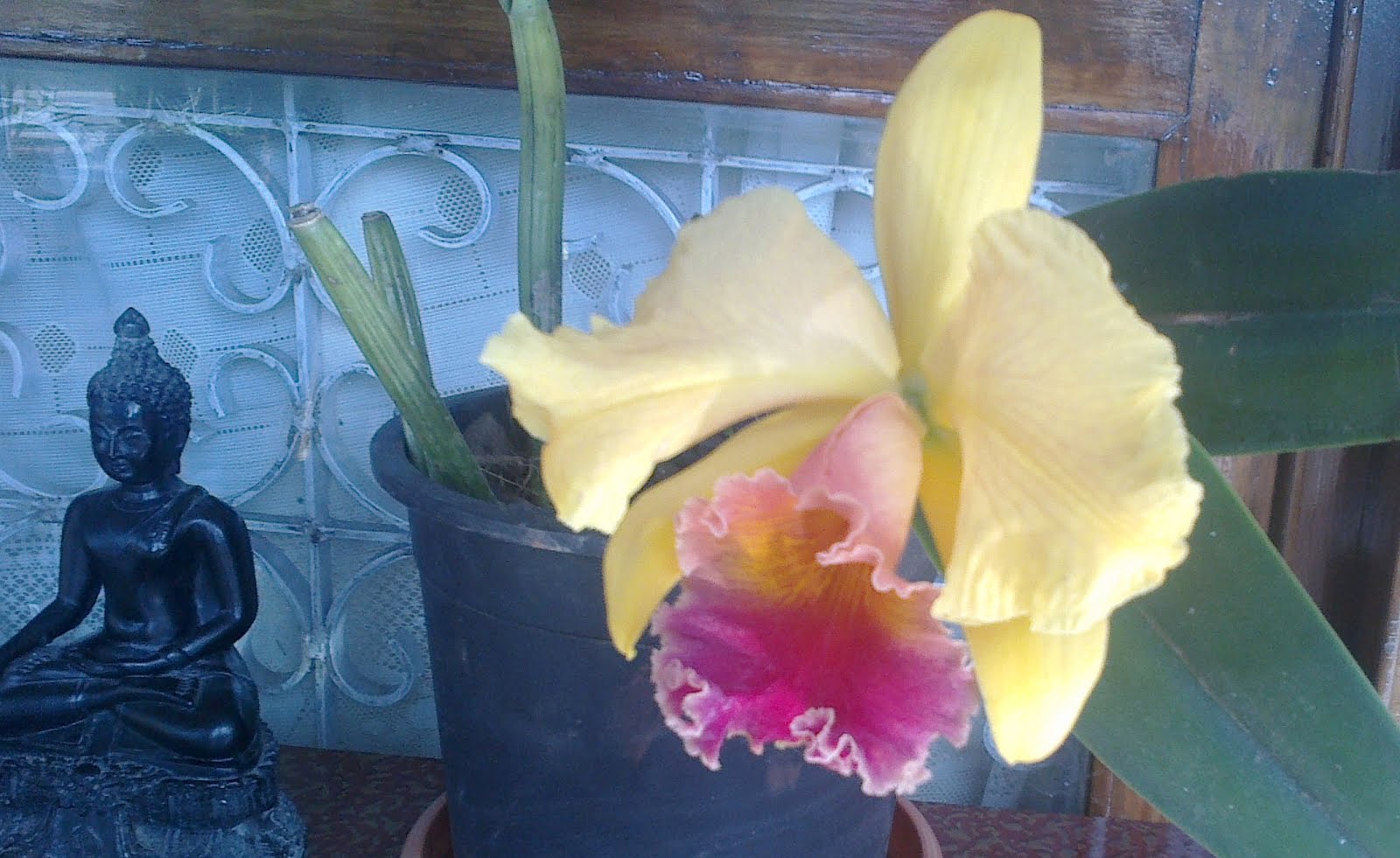


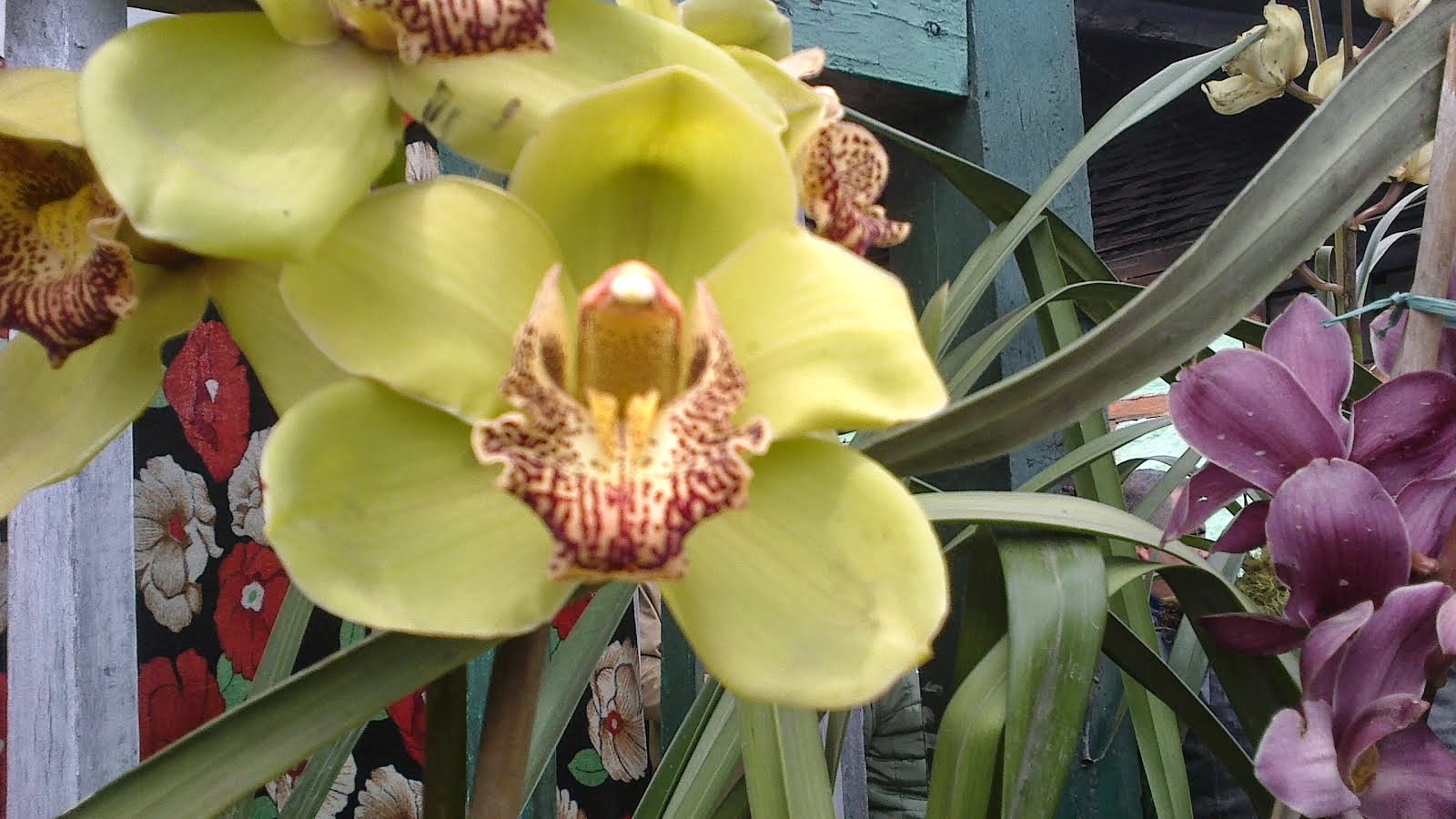
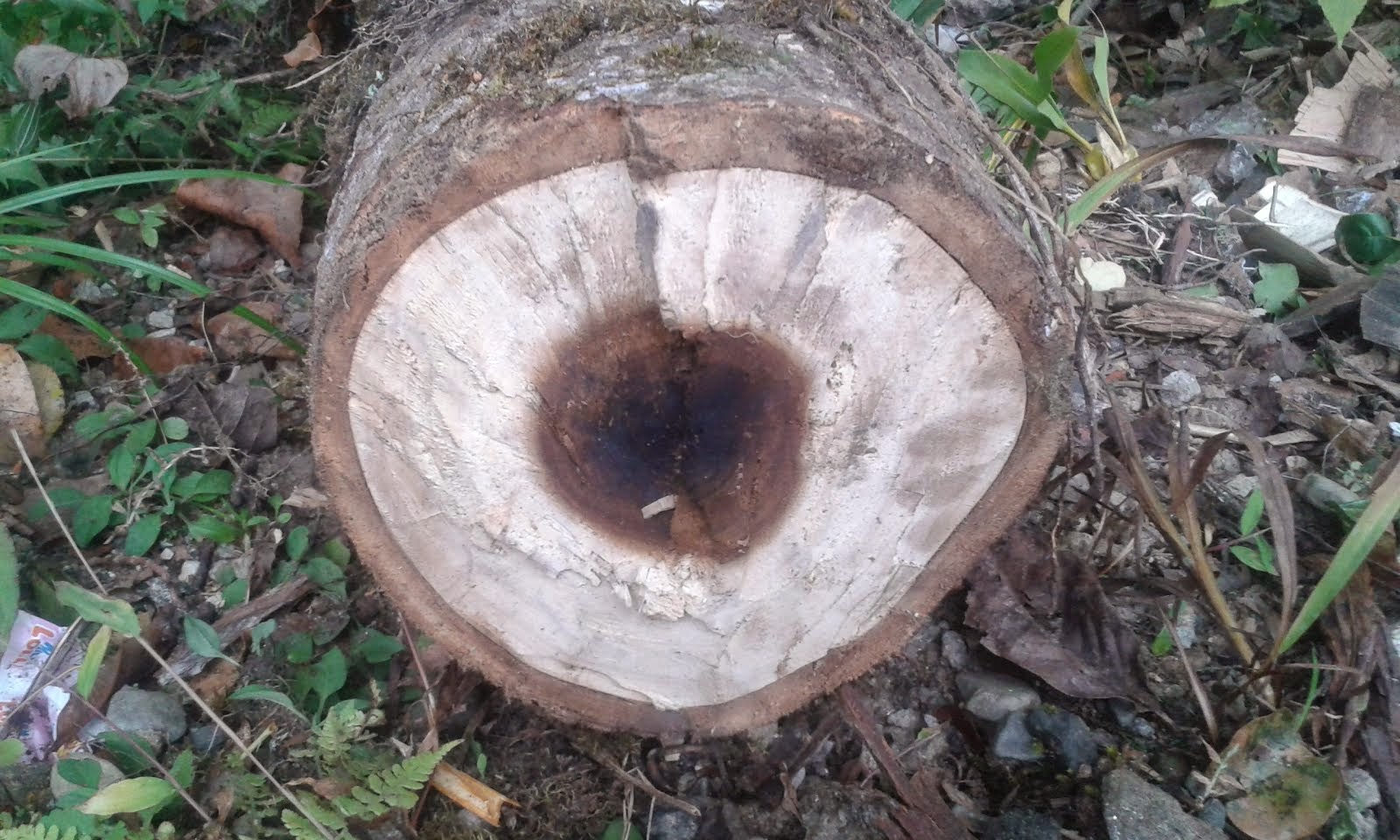
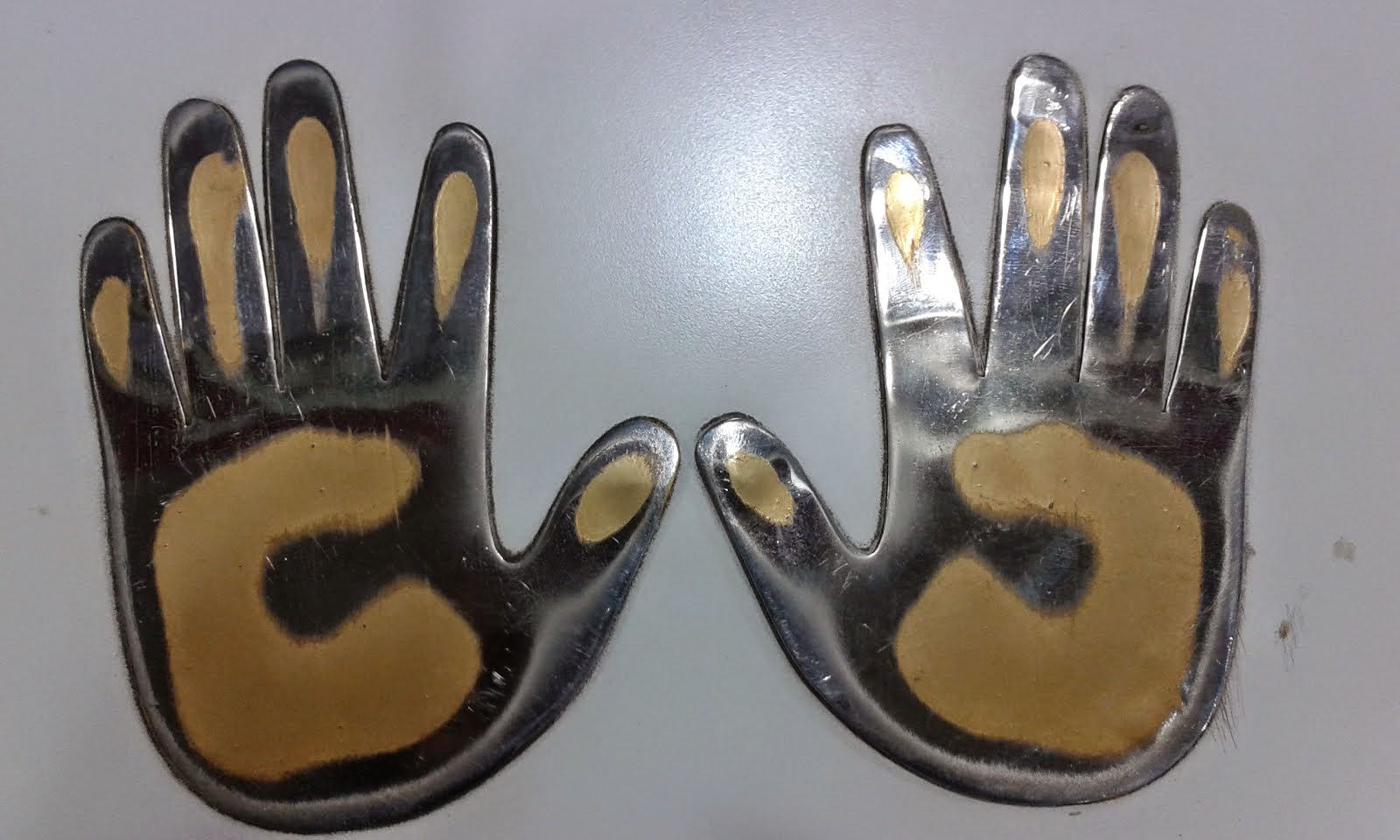
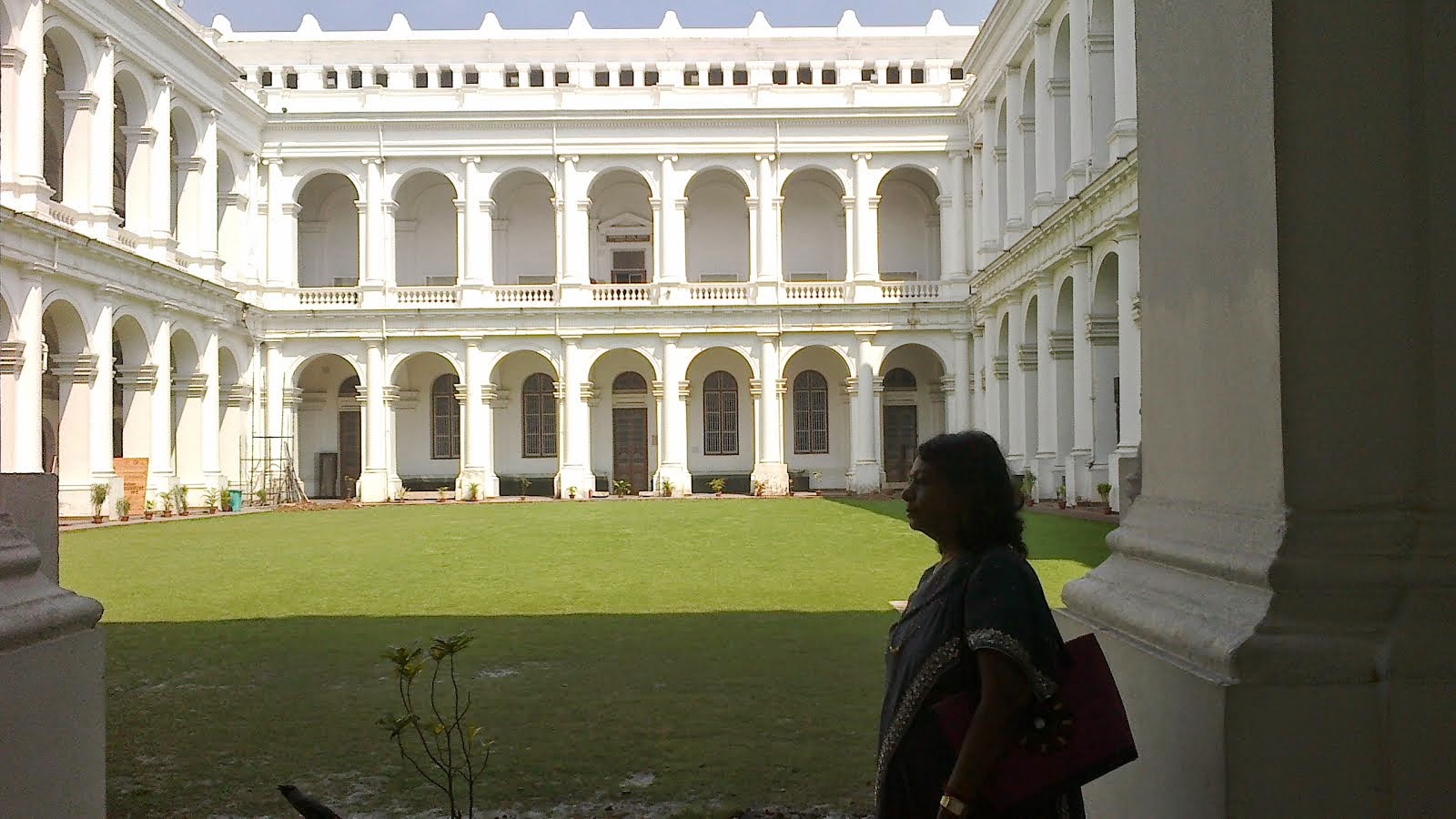

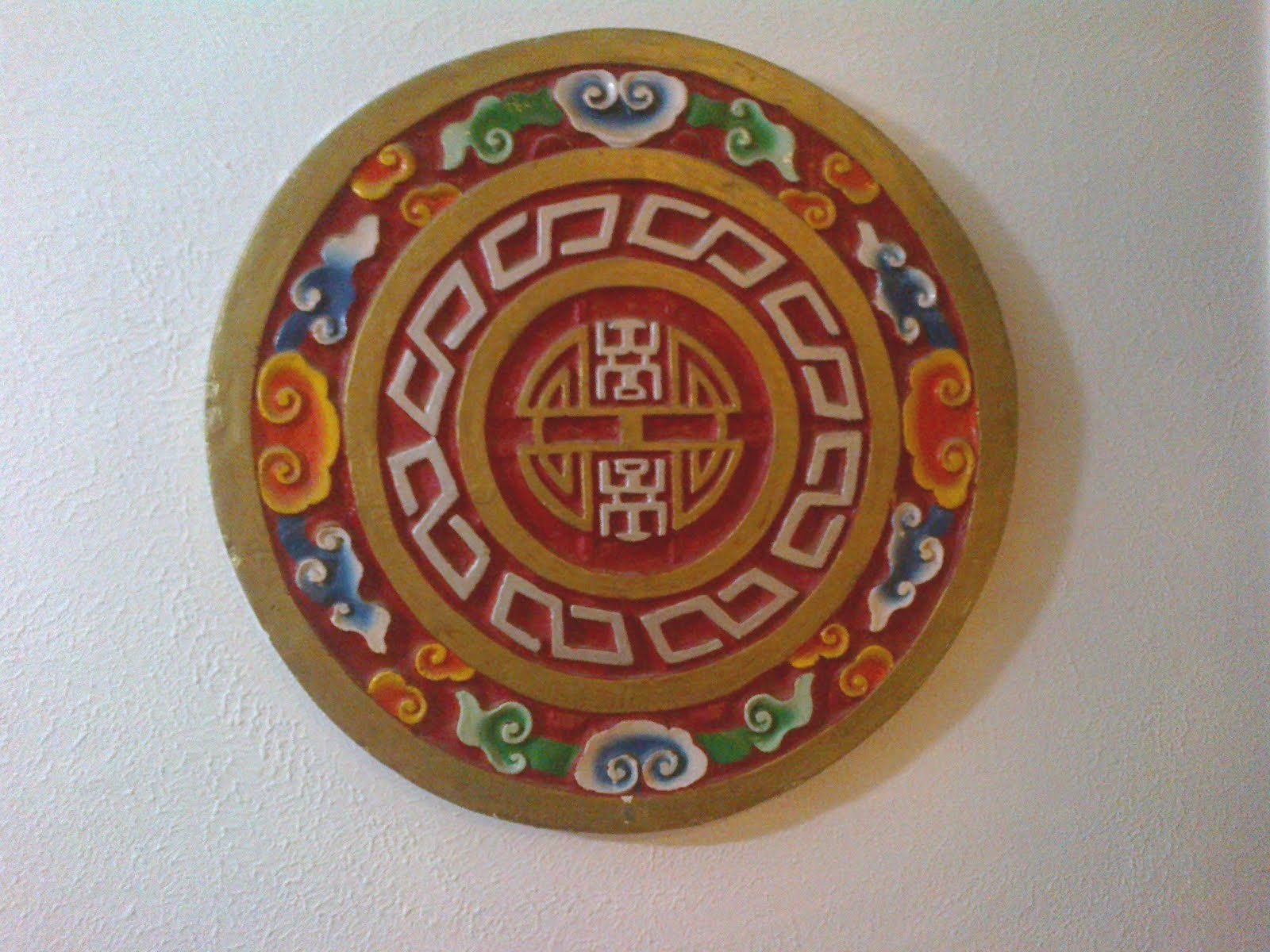




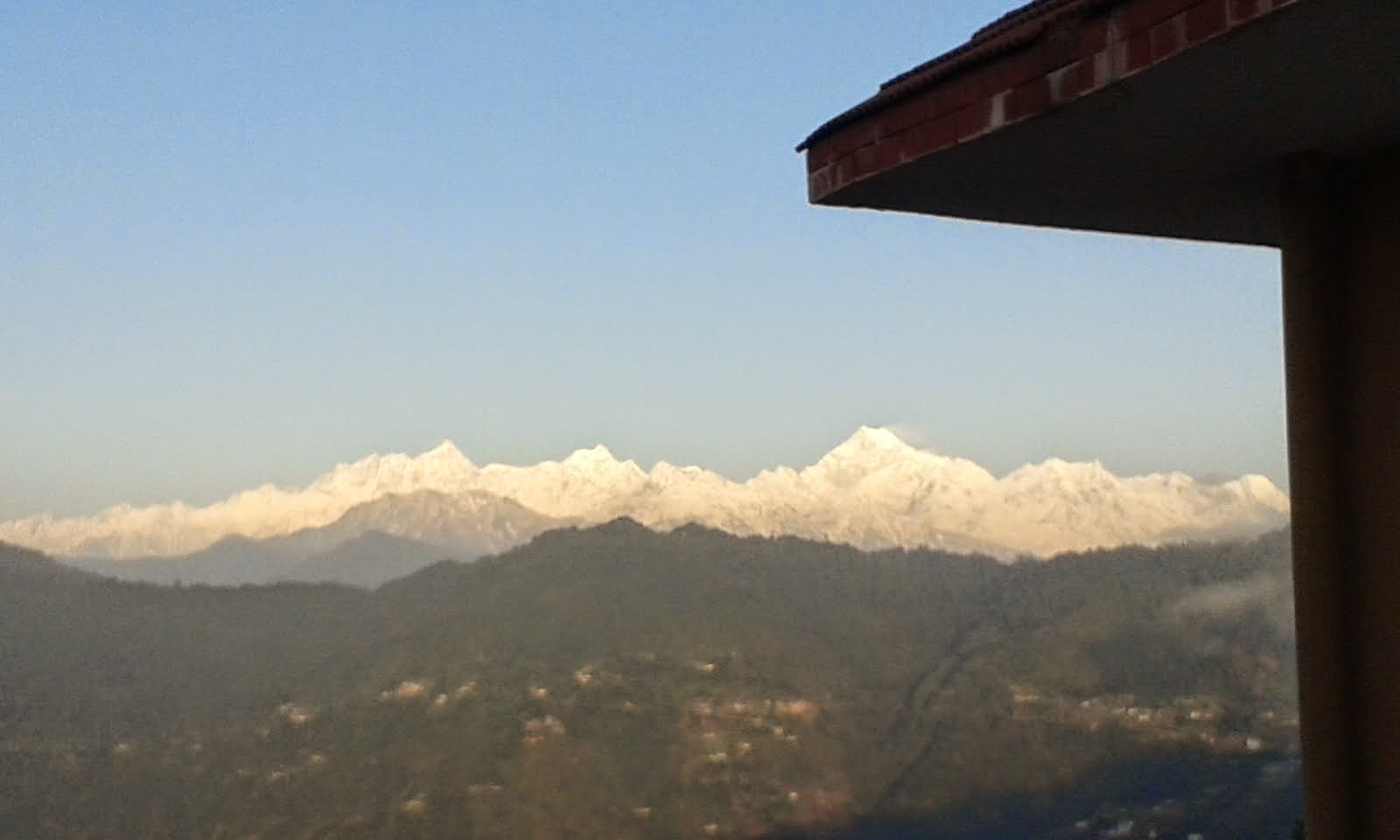

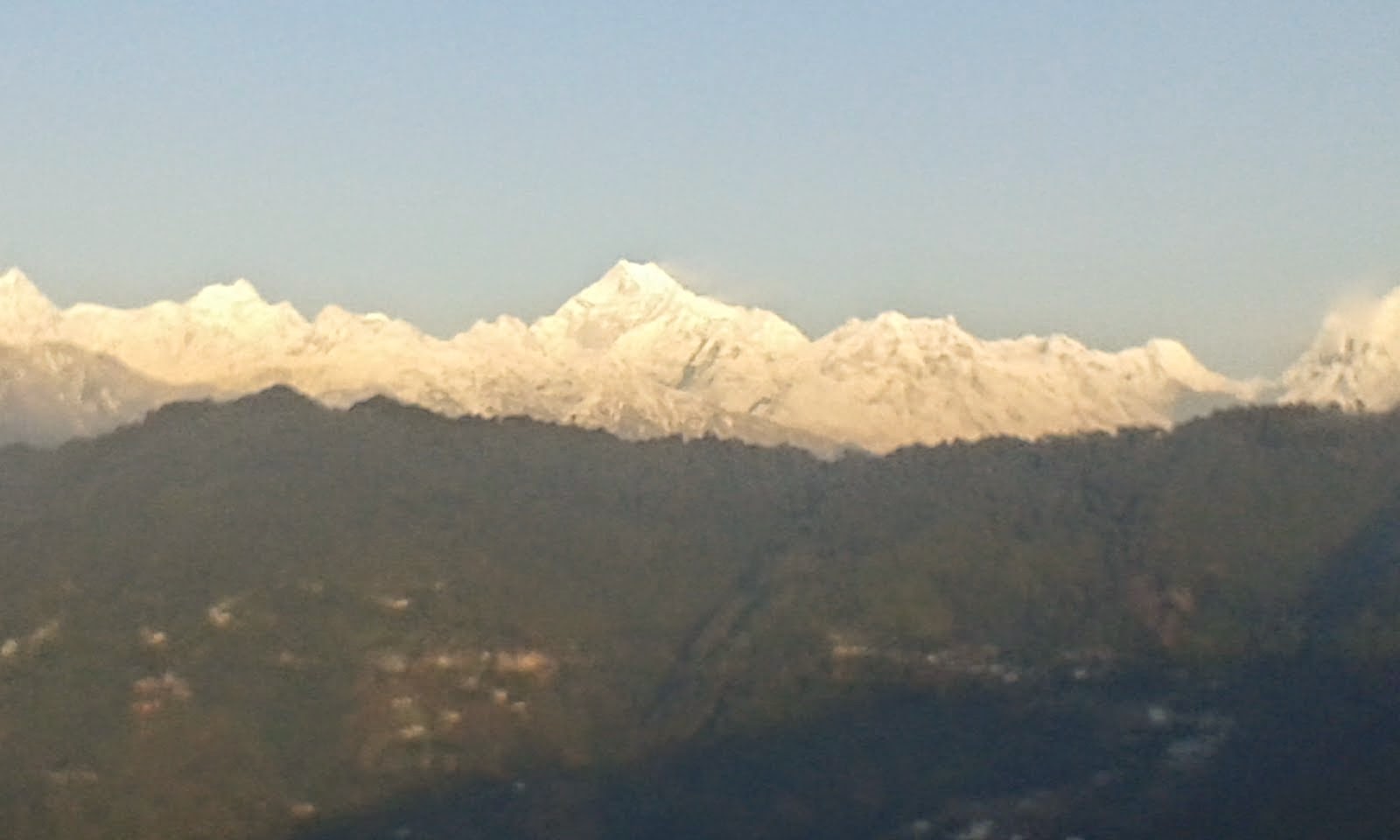
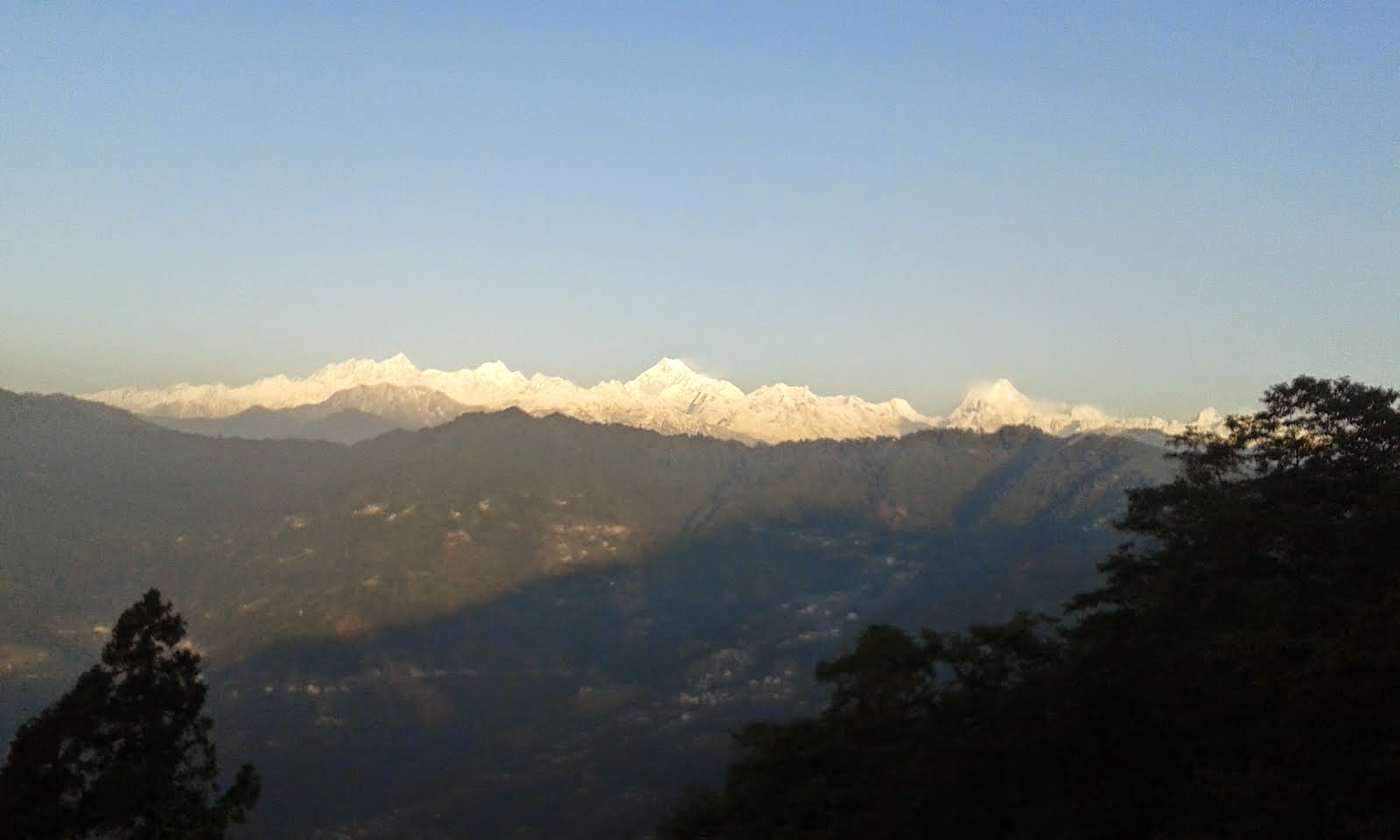
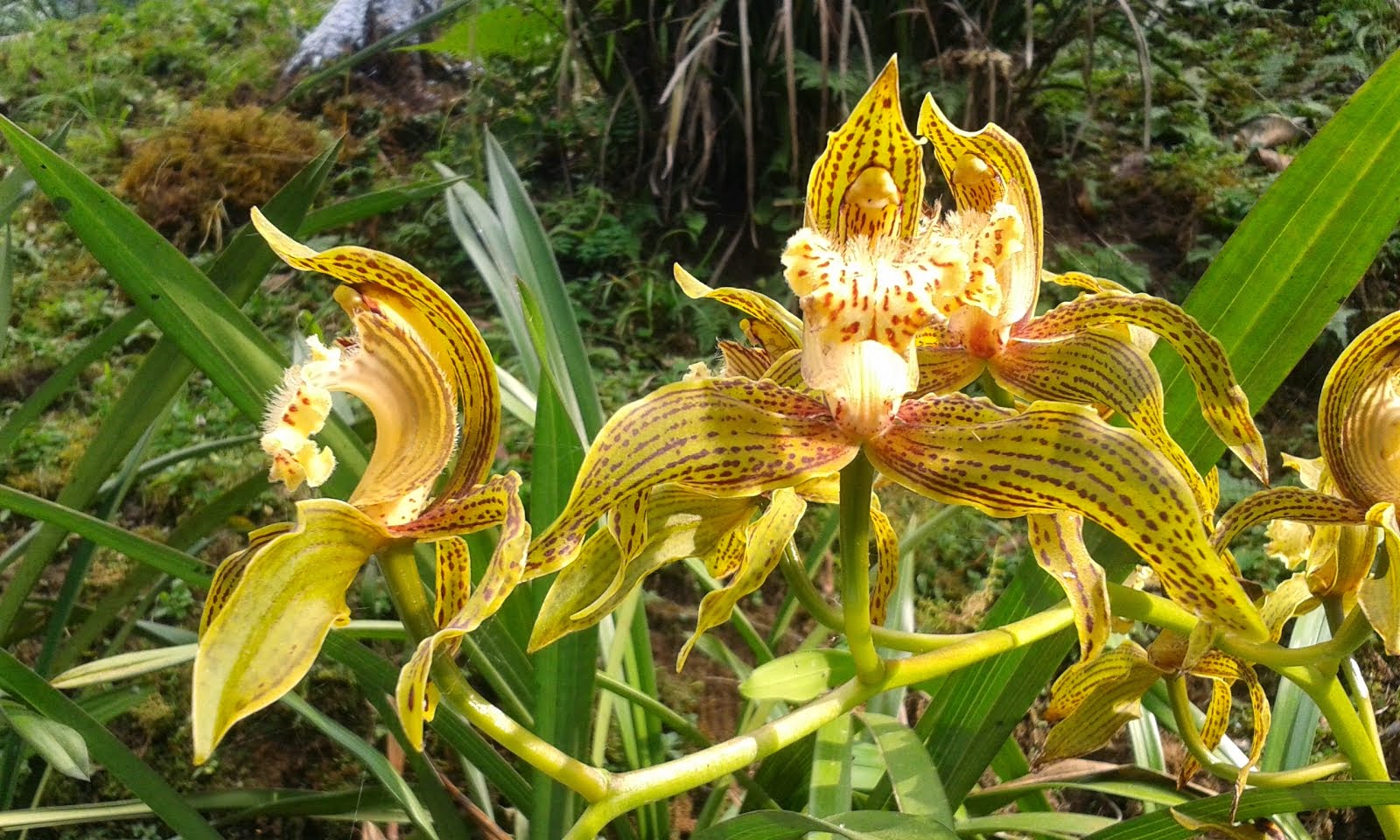
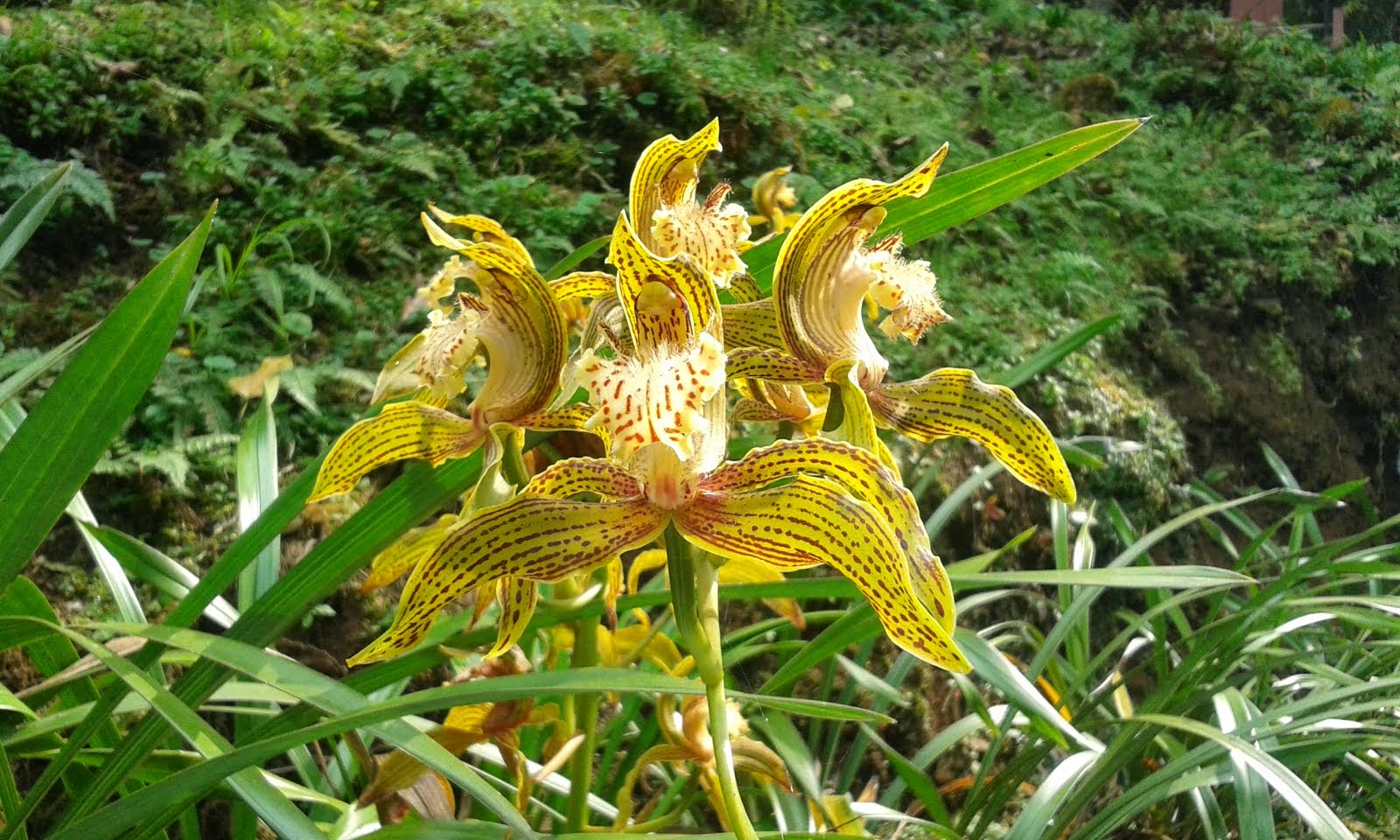

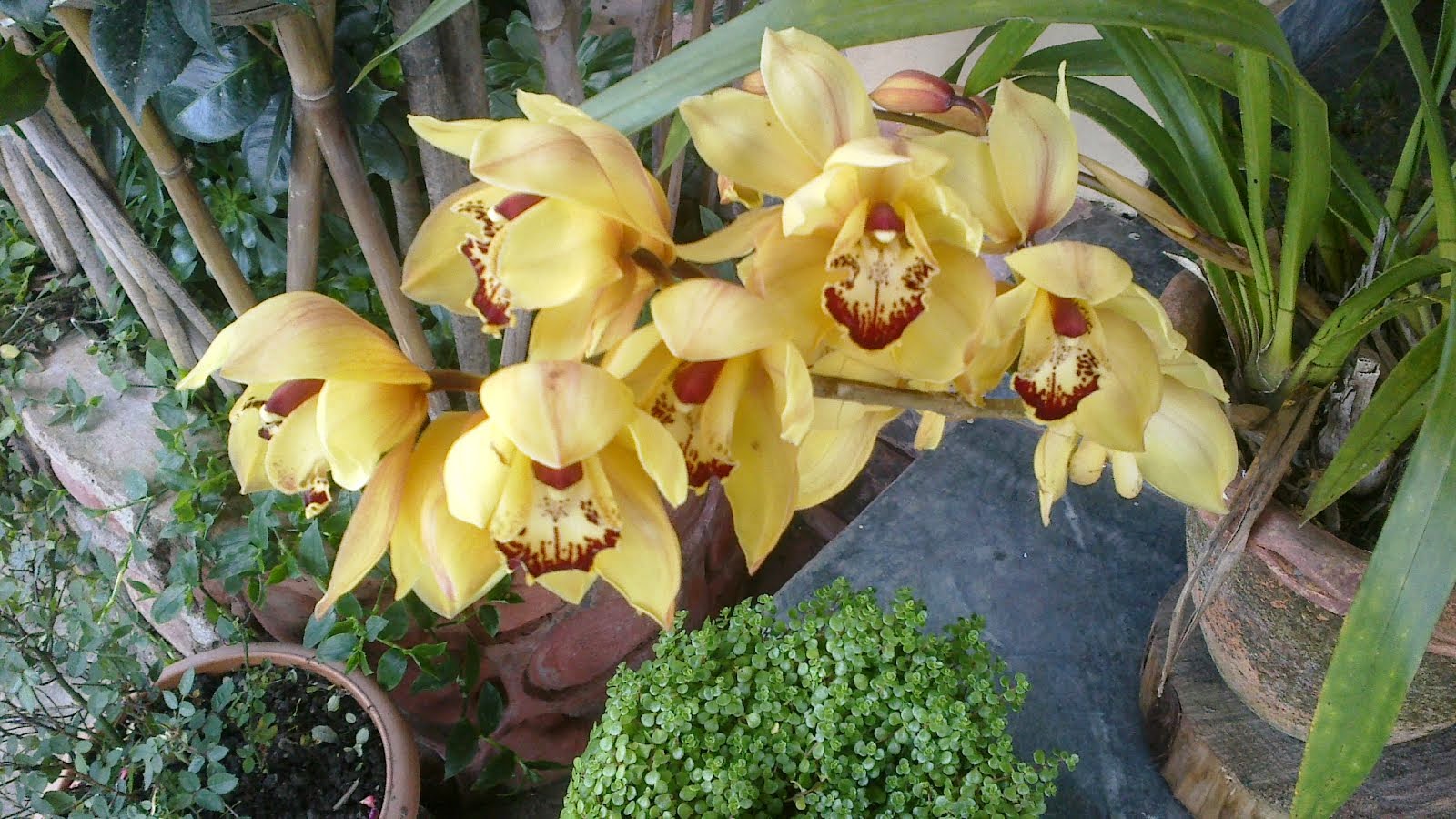

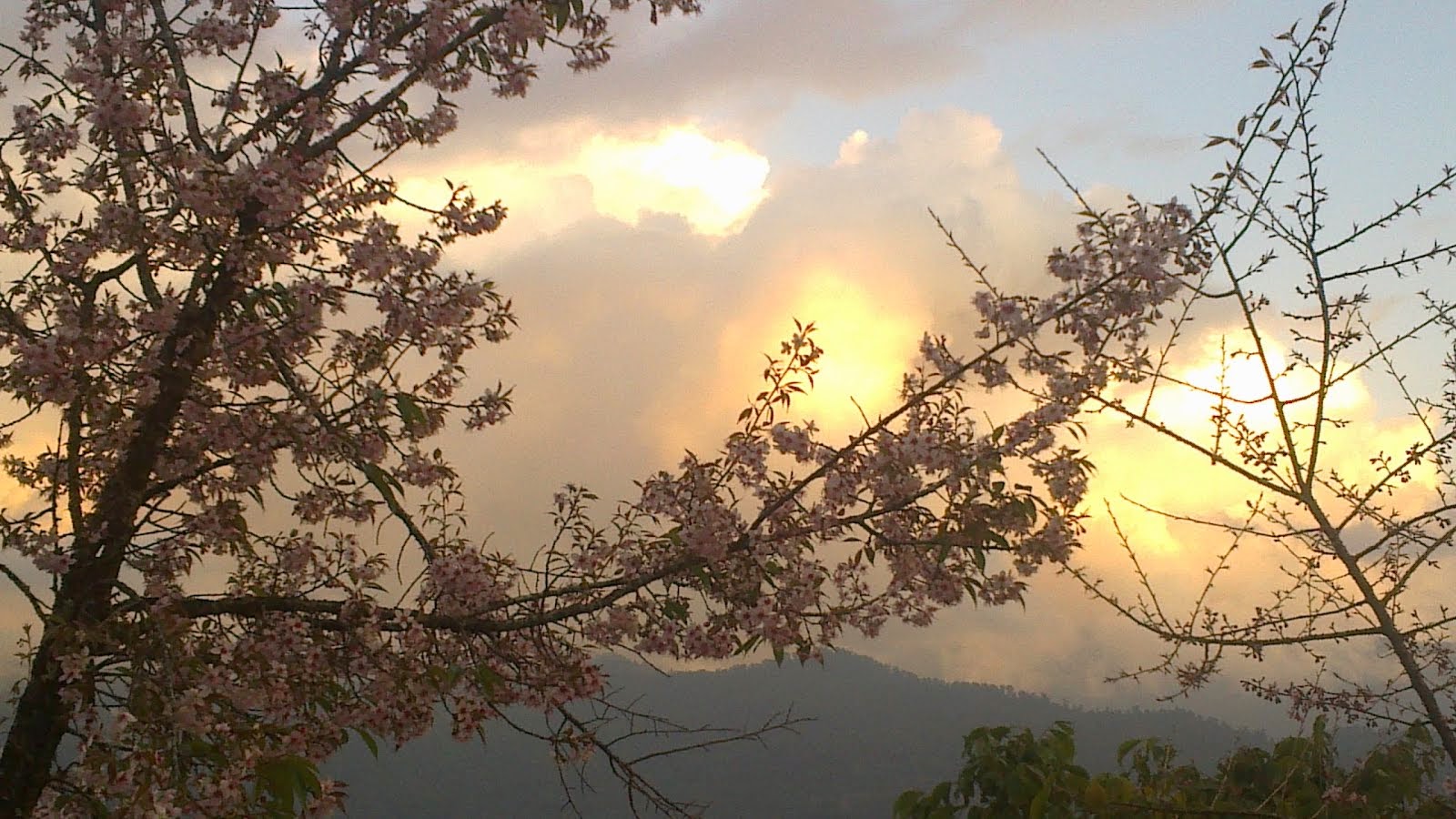
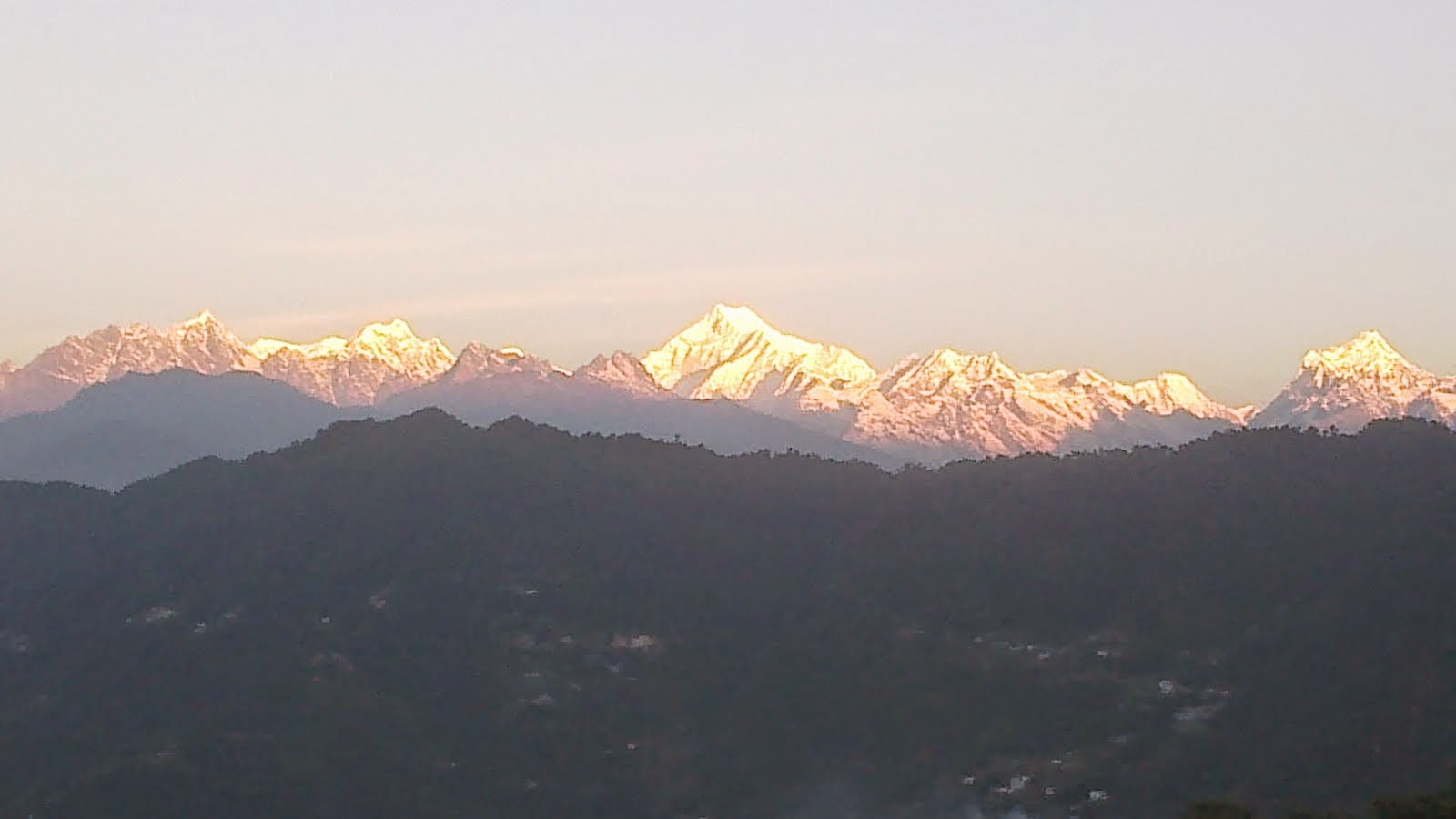
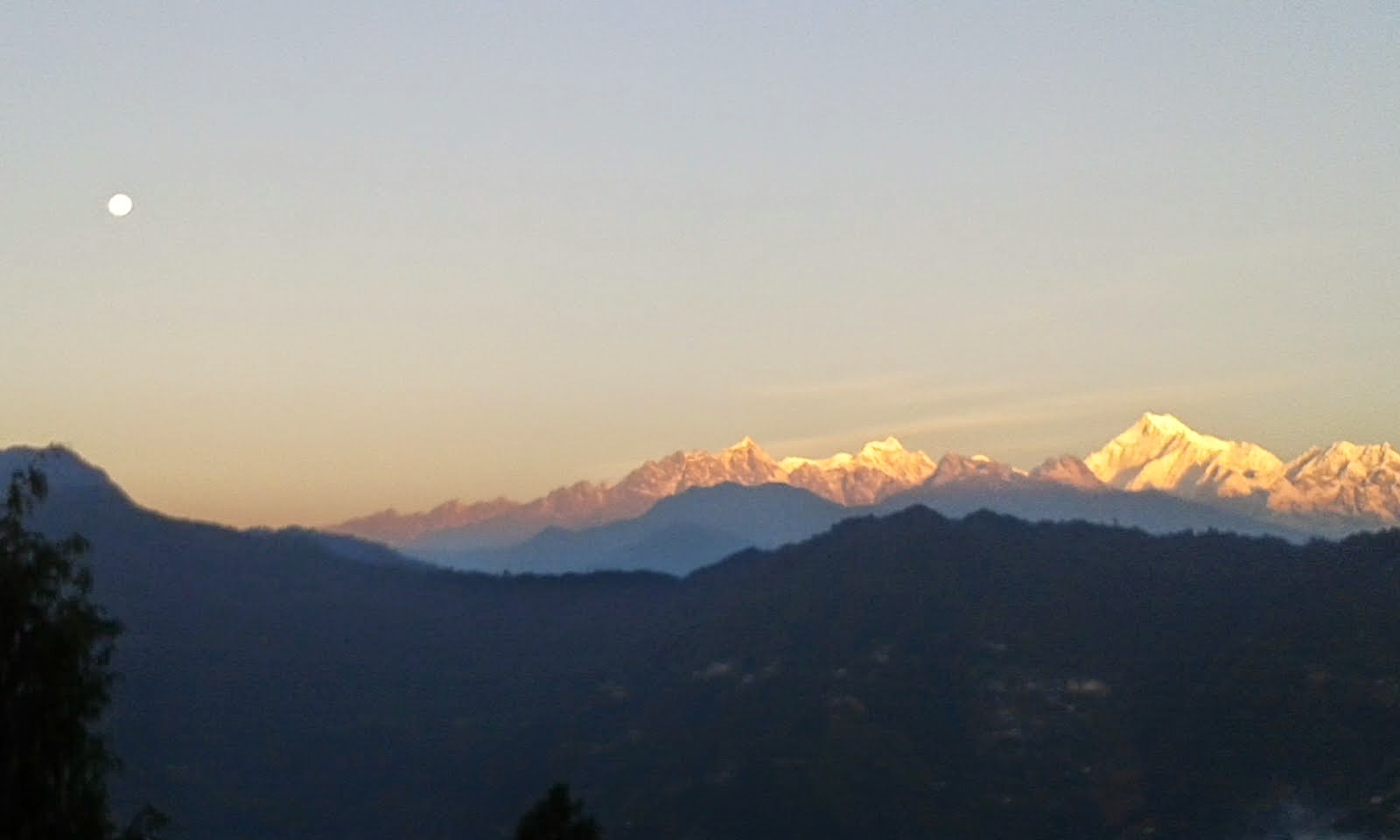
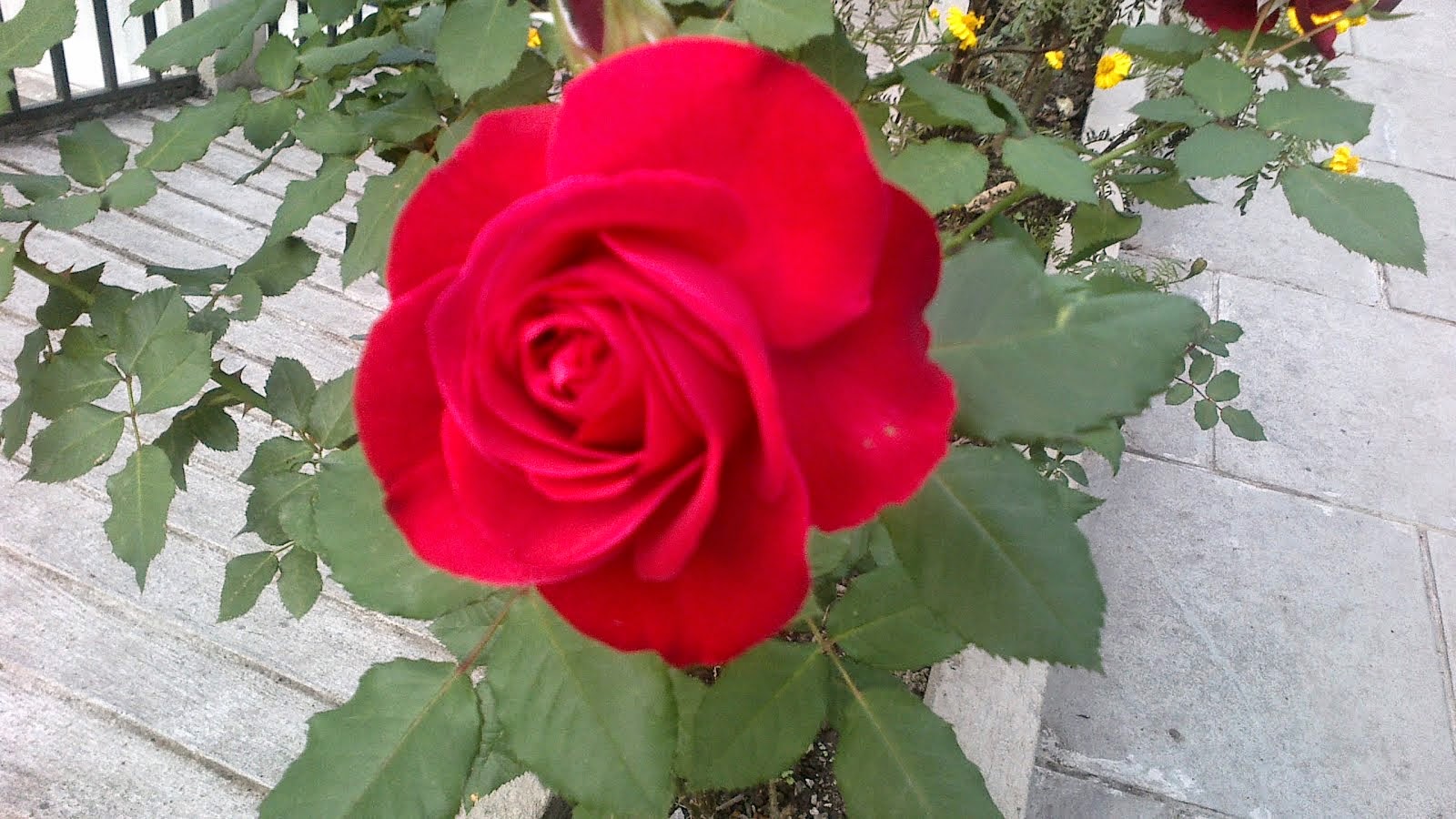

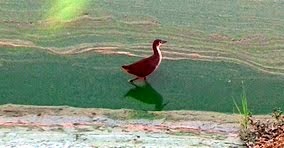
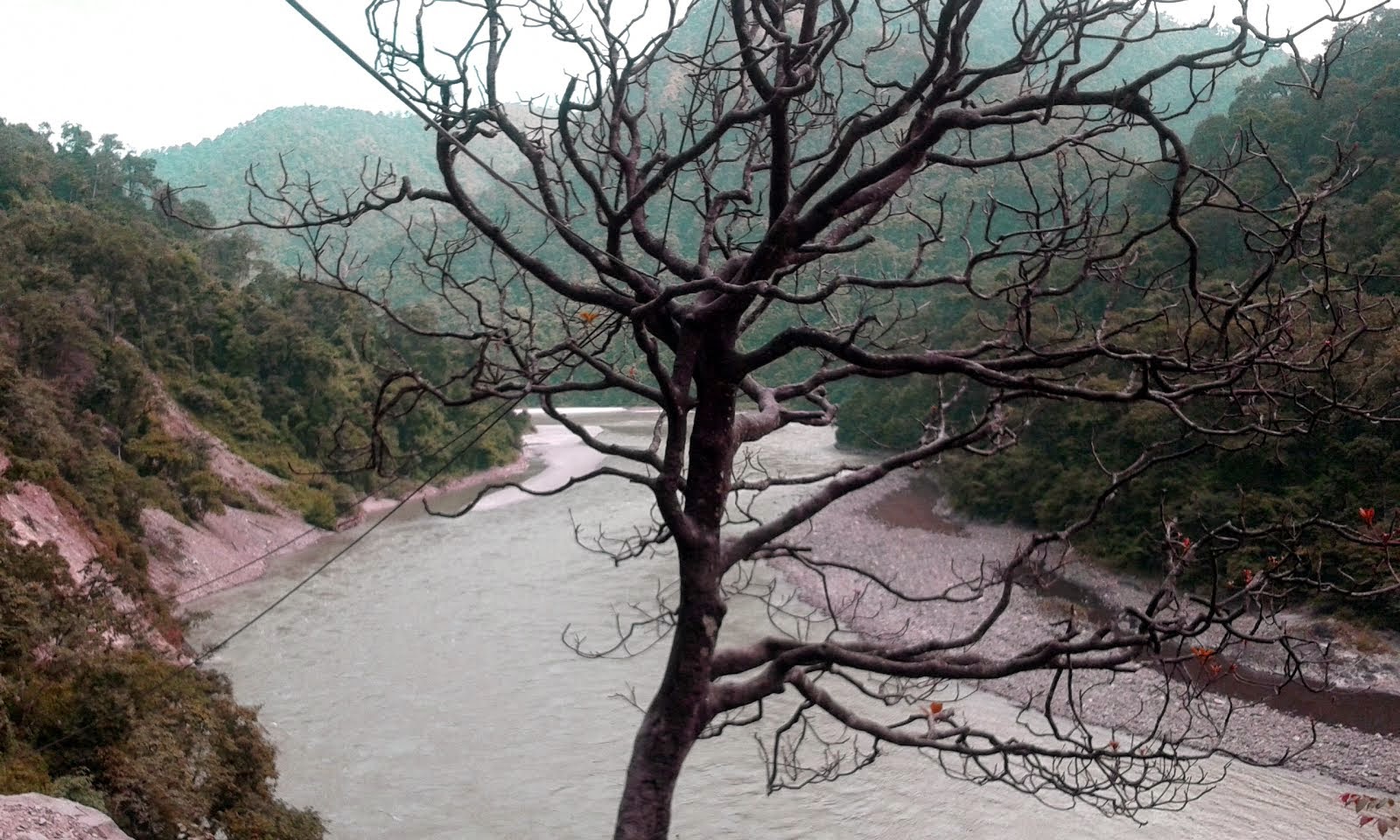

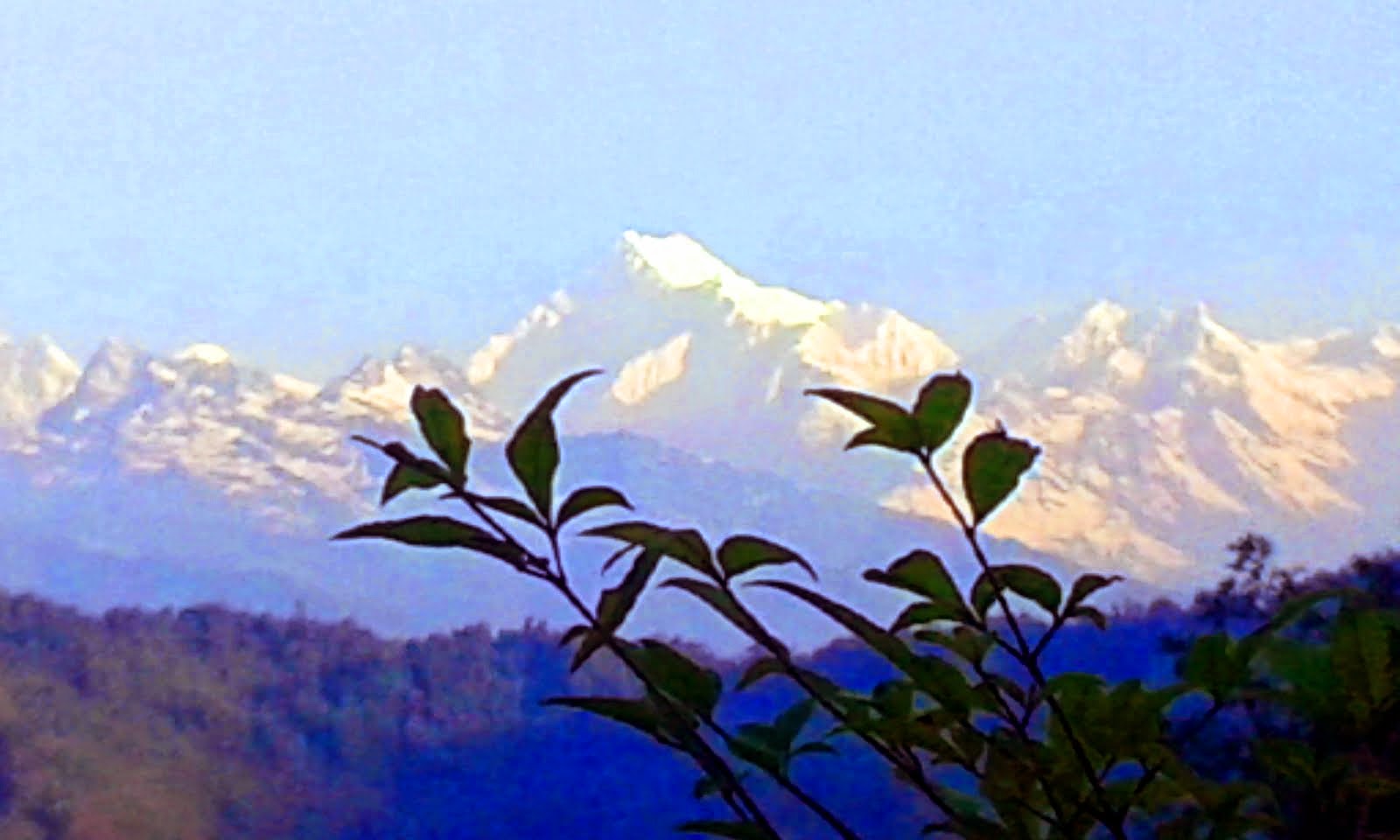
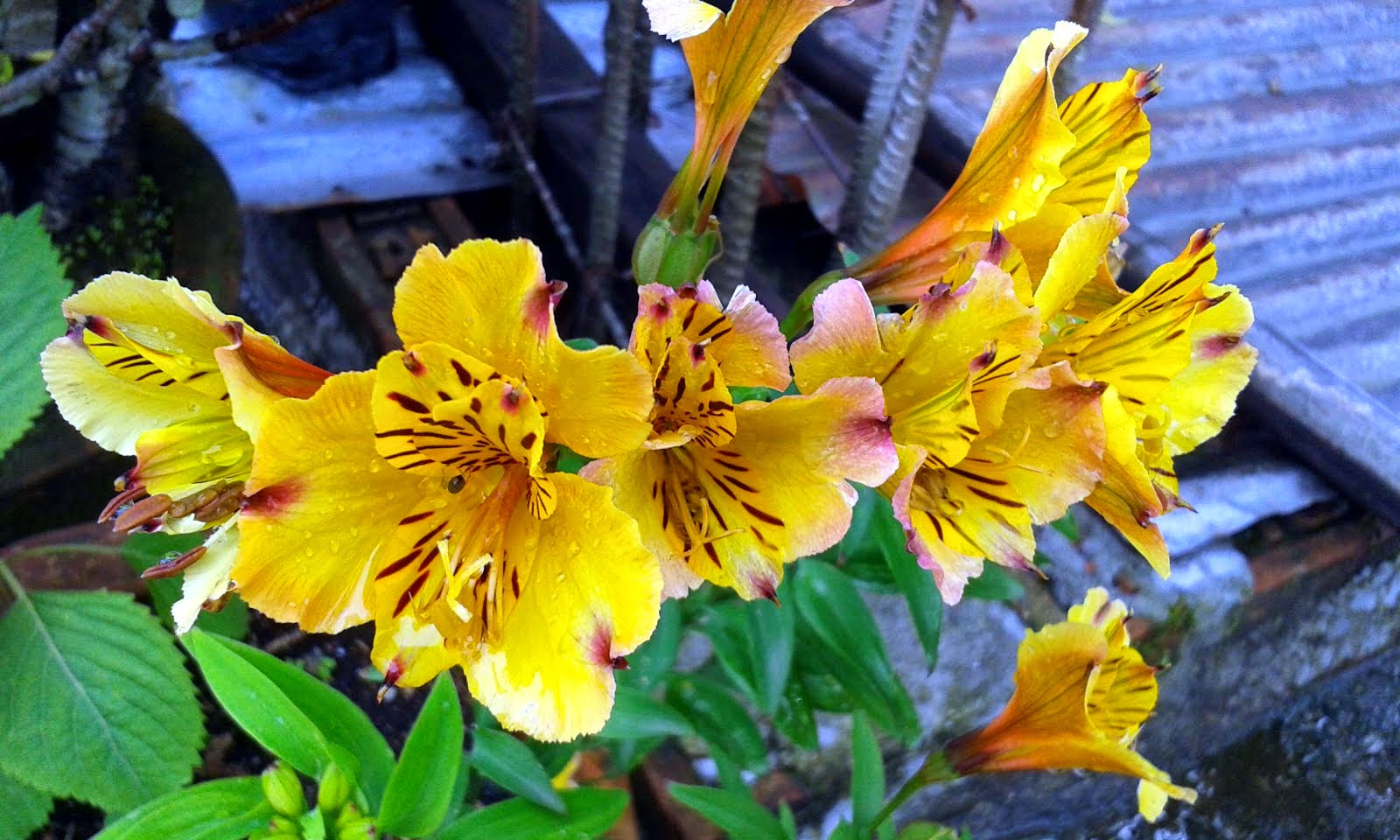
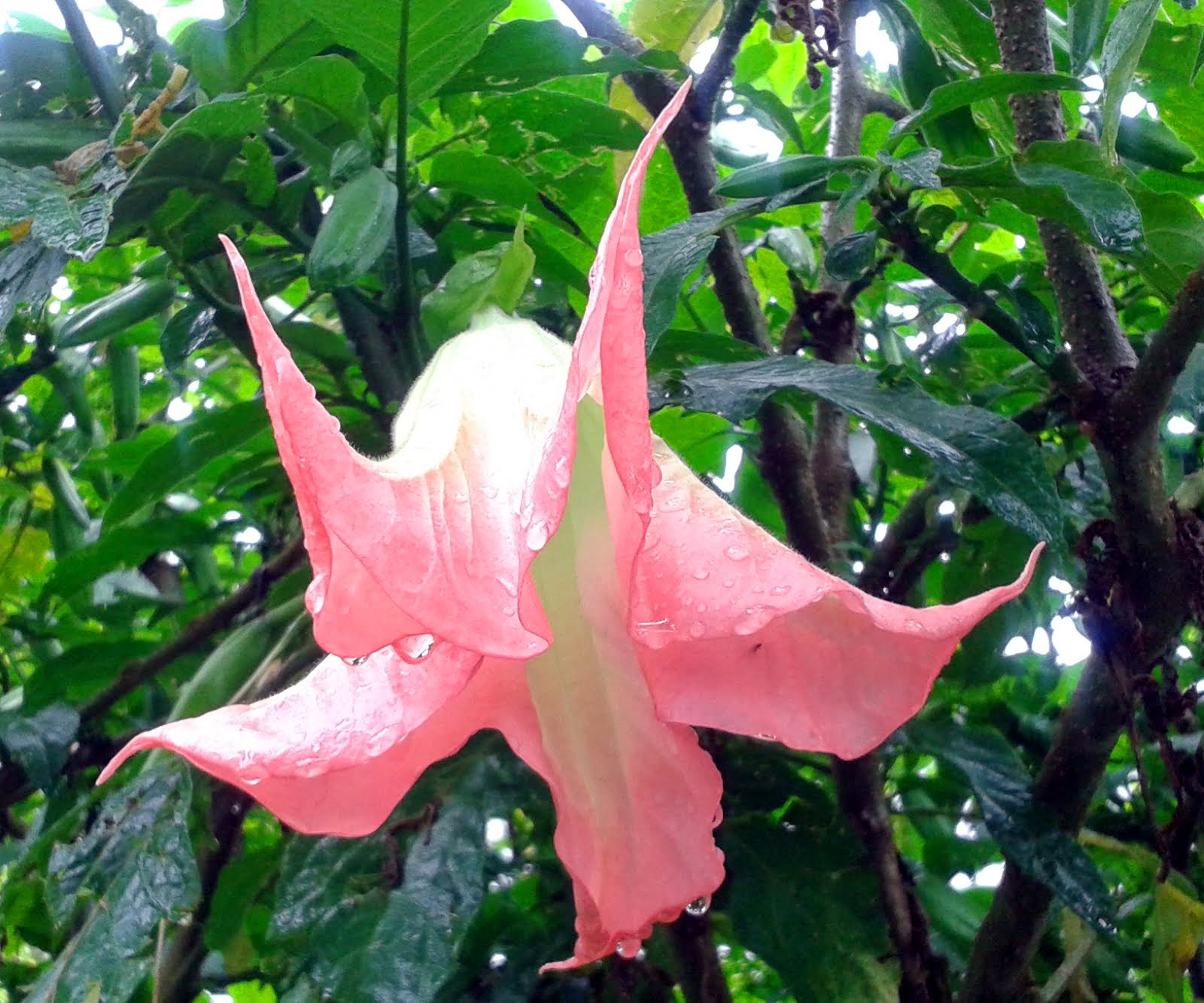
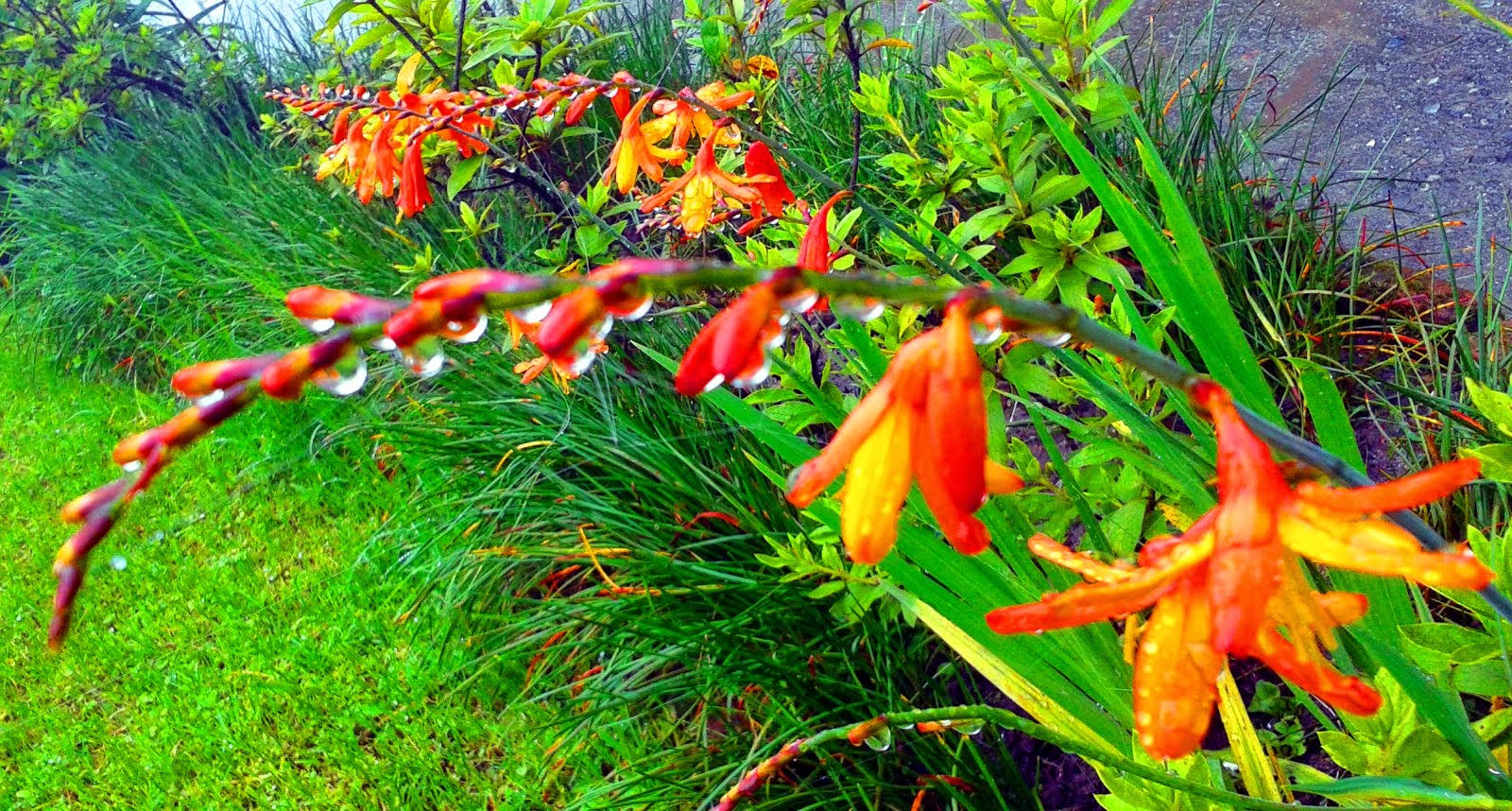



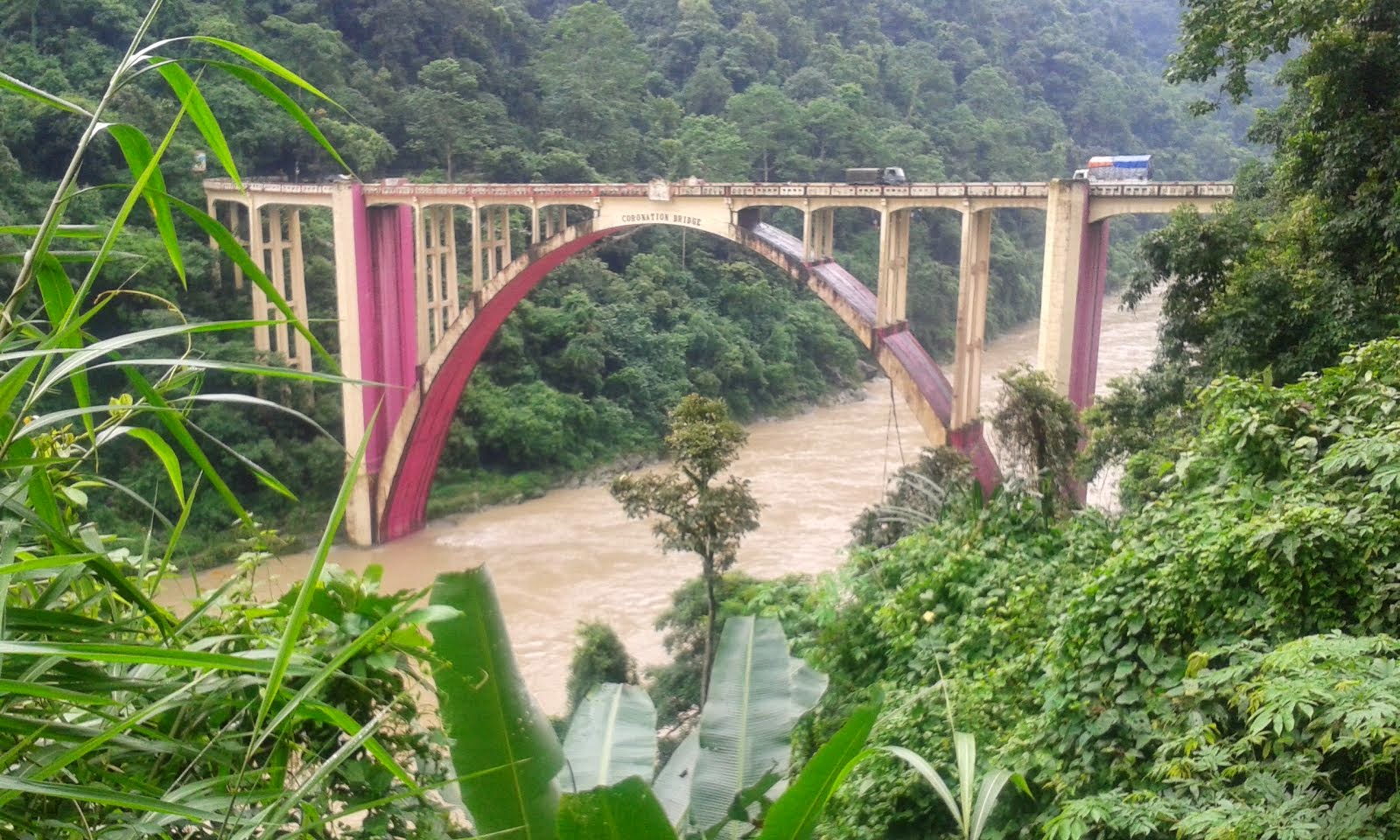
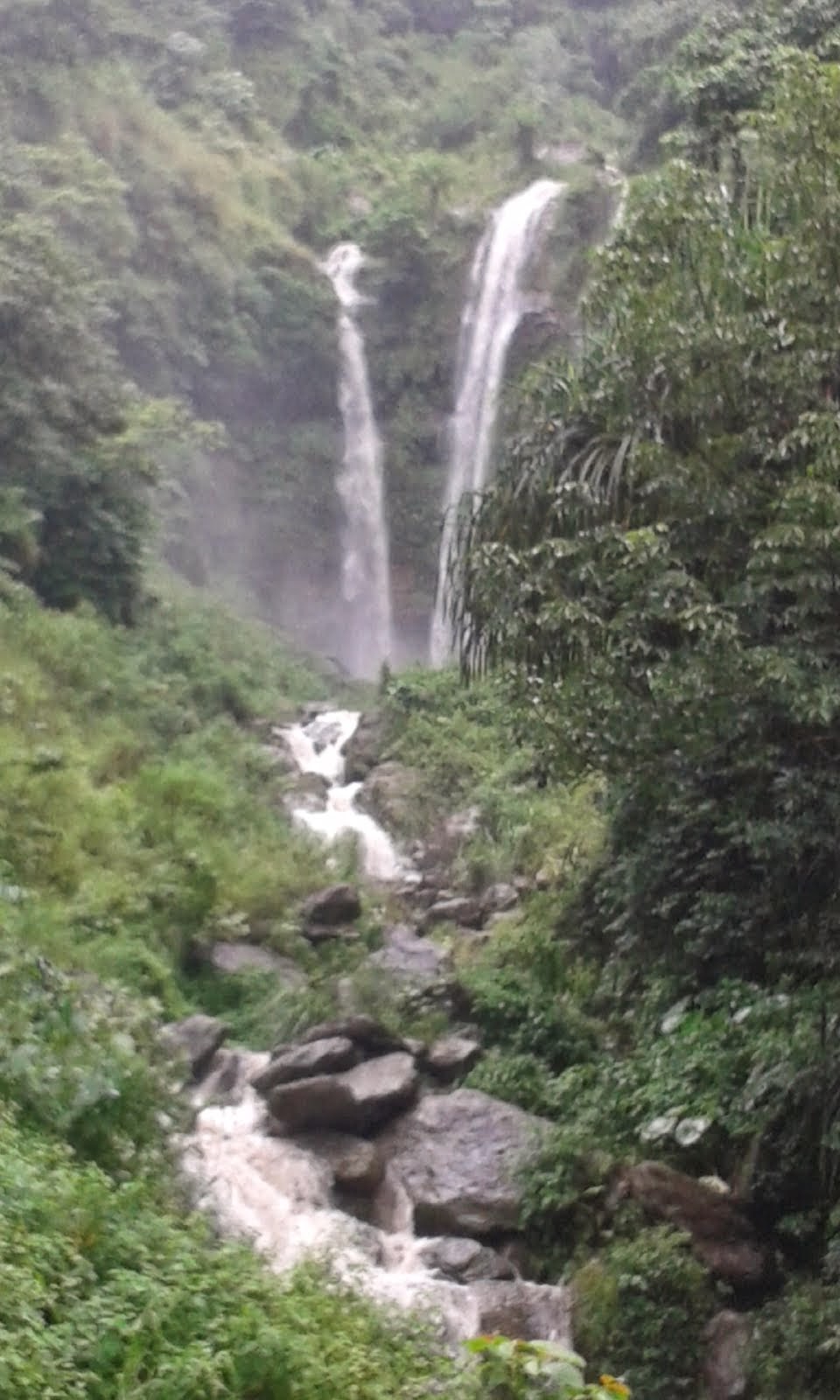
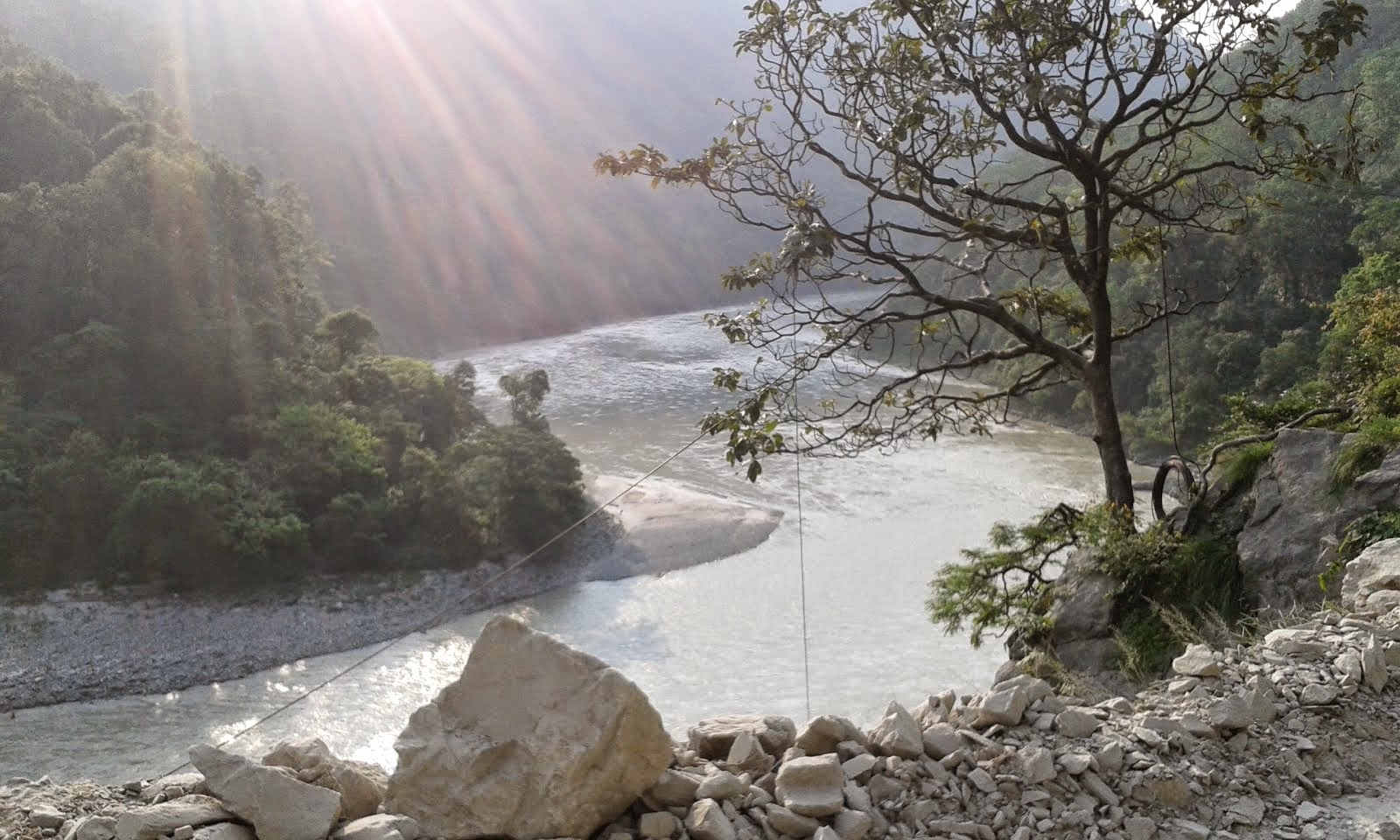
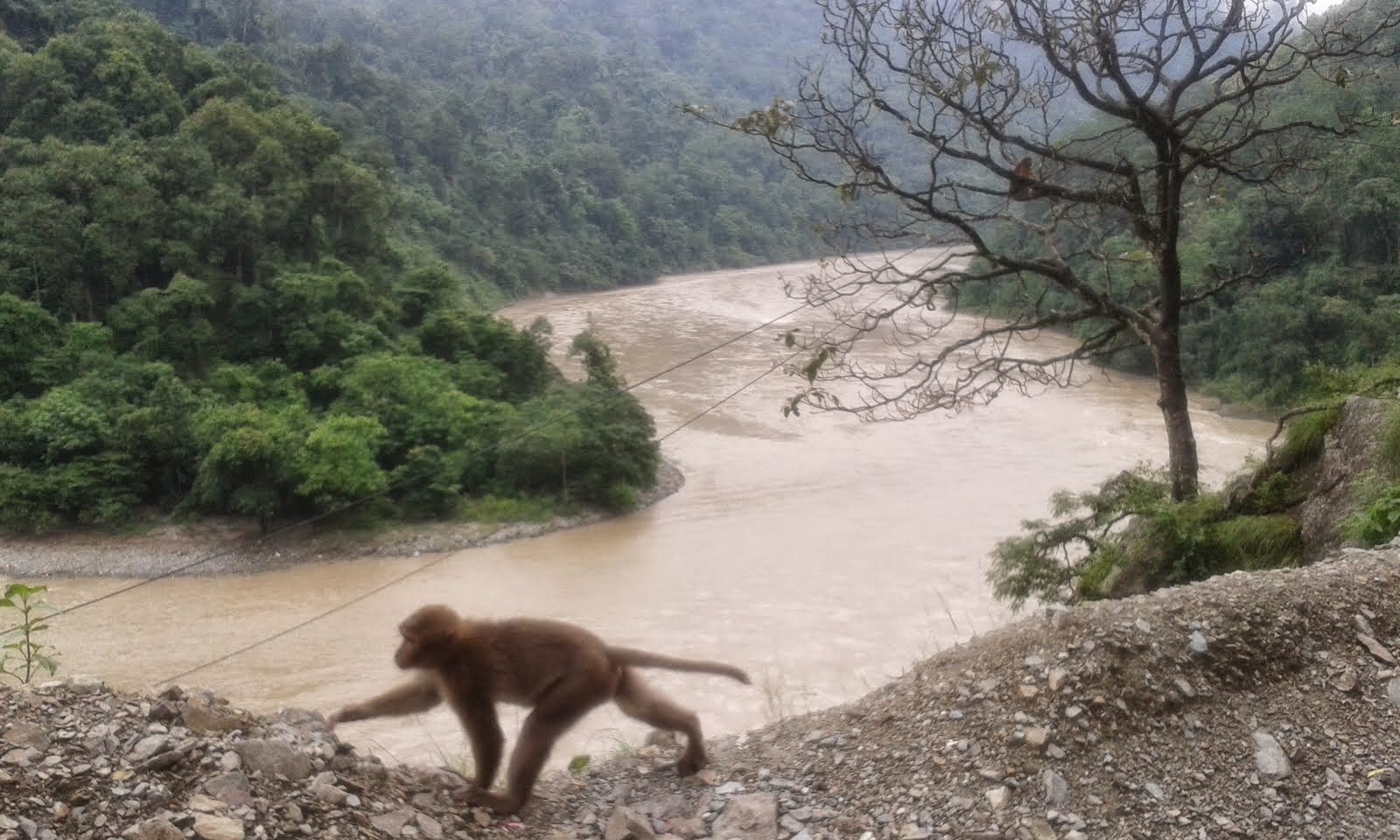




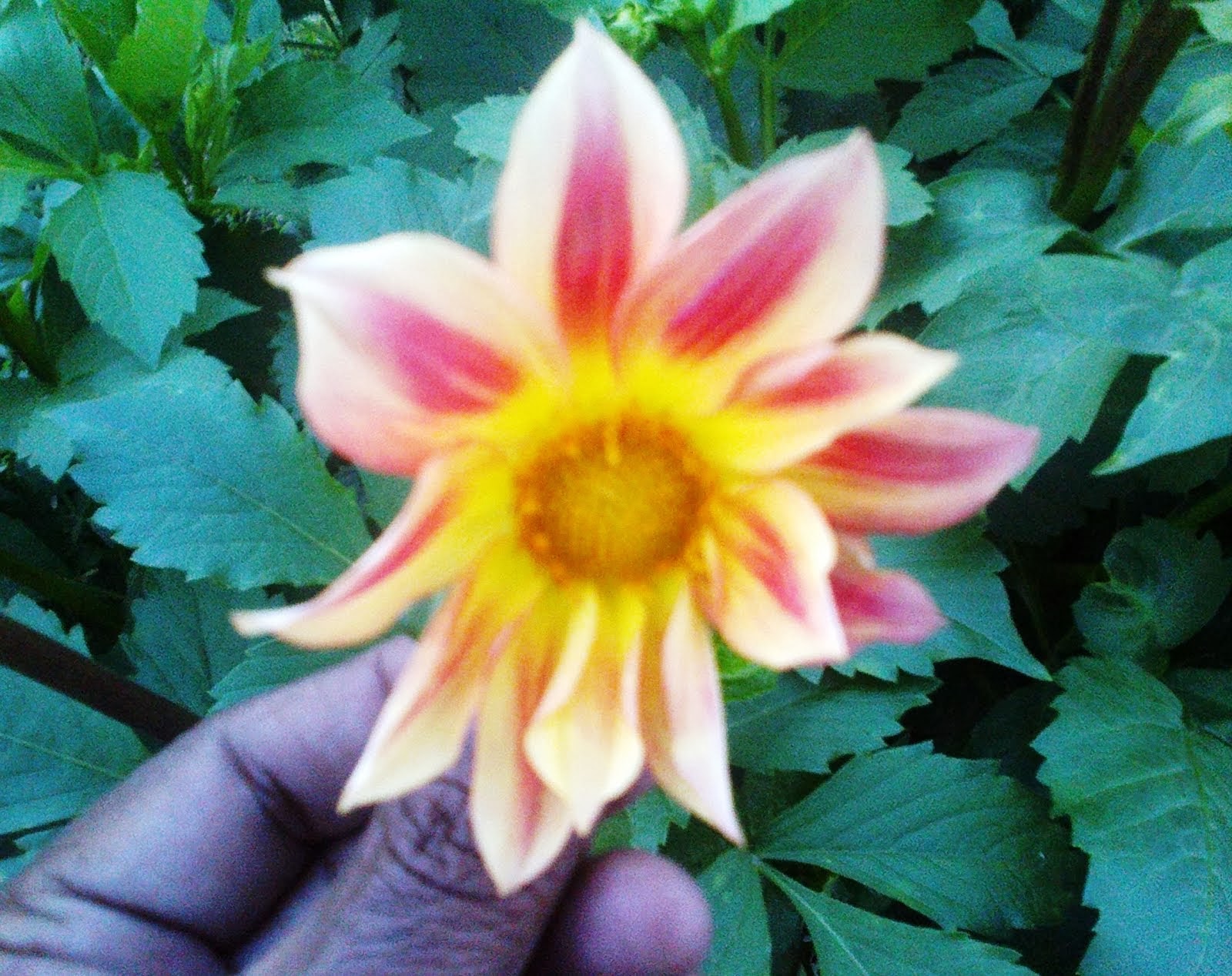
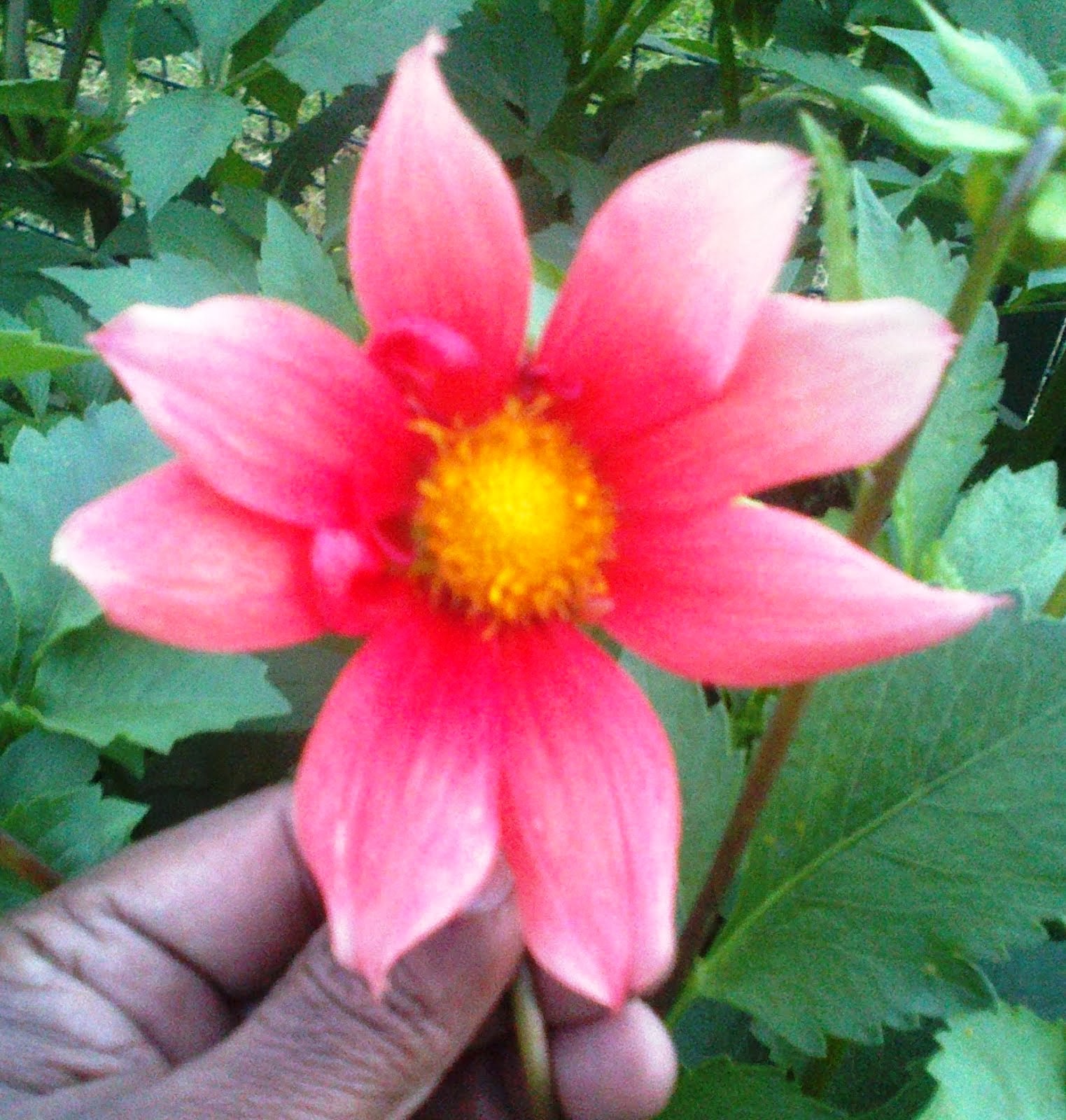

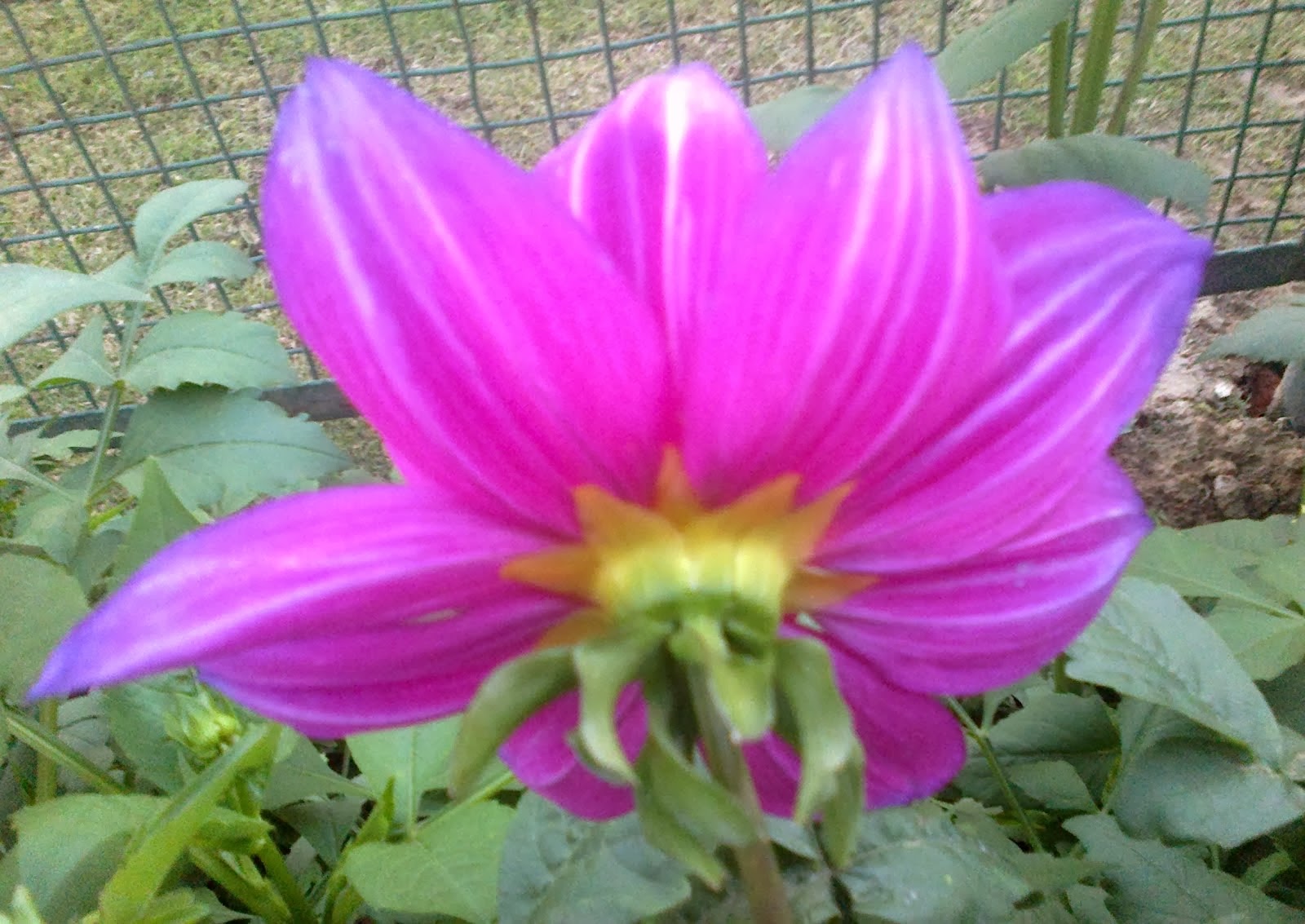

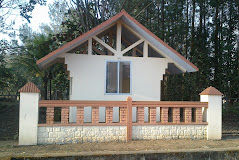















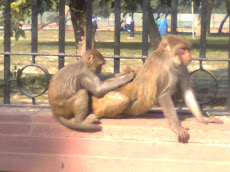
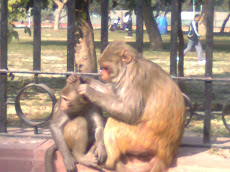

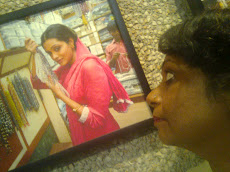
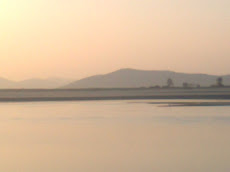
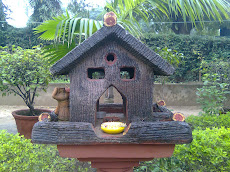

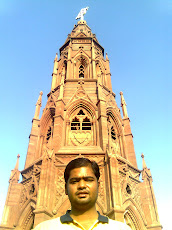
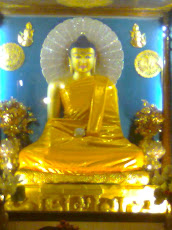
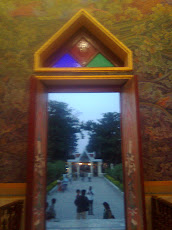
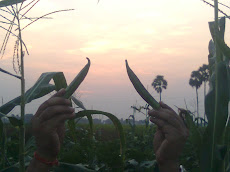
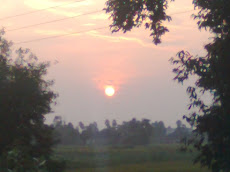
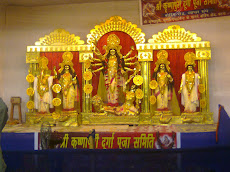
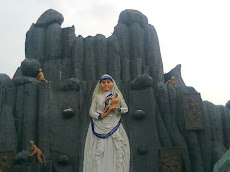
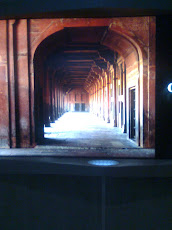
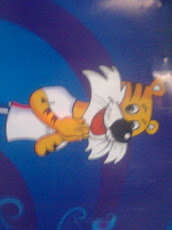

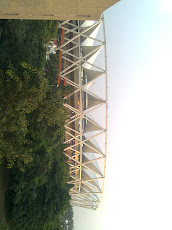

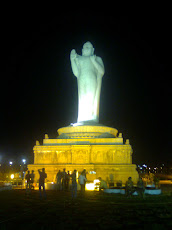
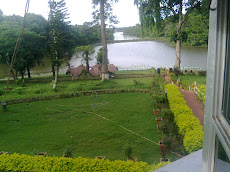
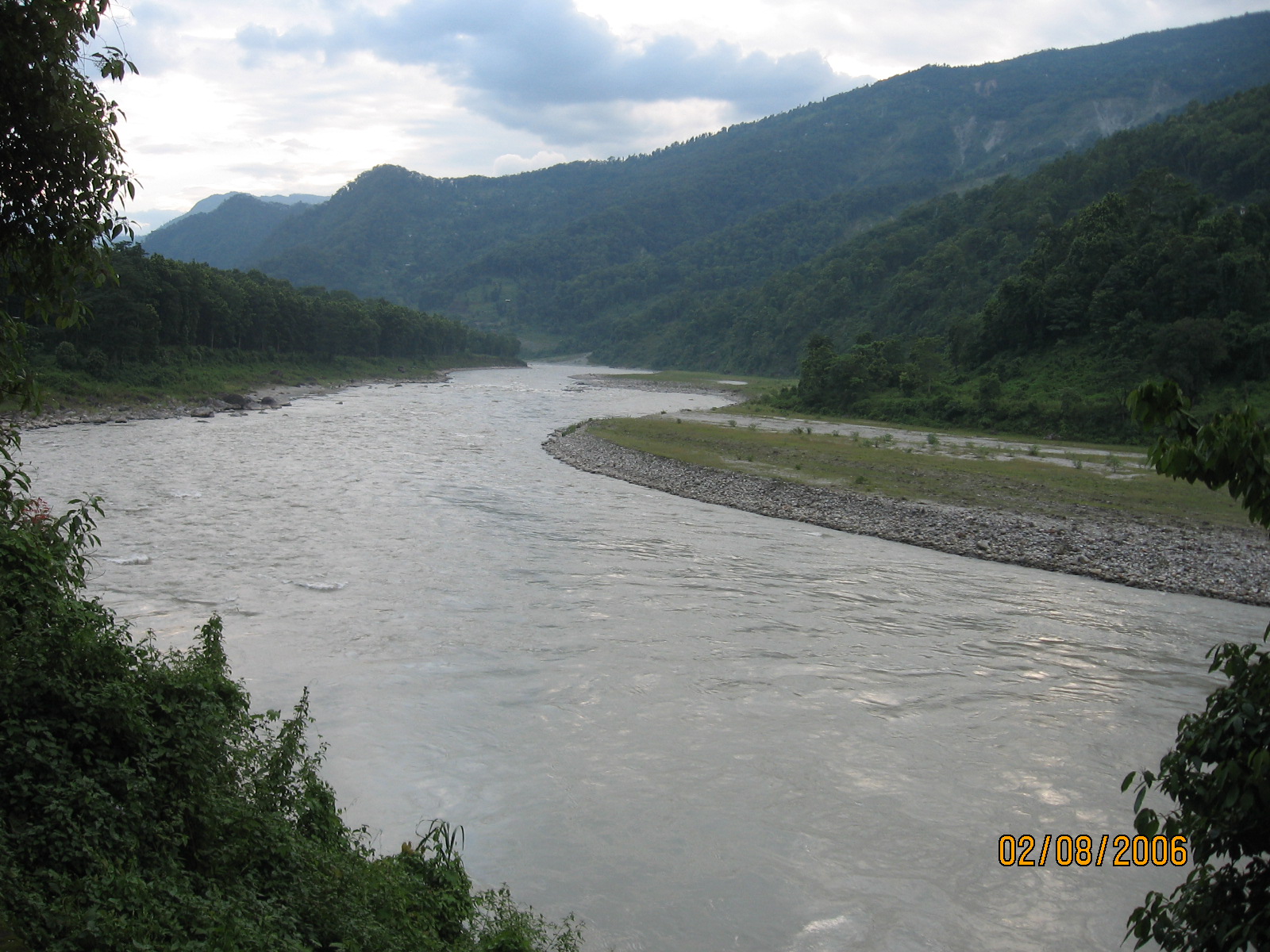


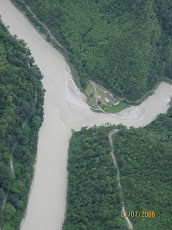

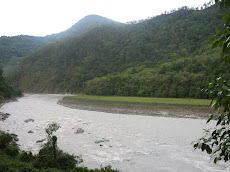


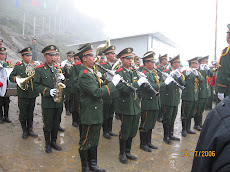


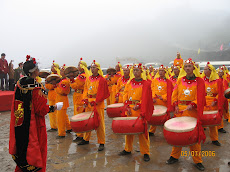
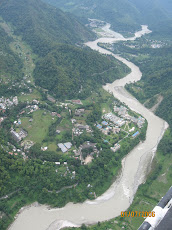
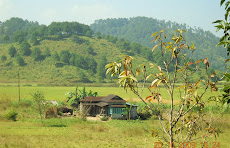
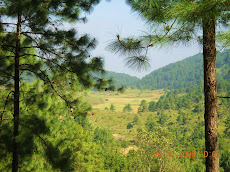
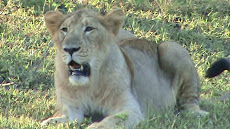.jpg)


